So since I am spending some time in Japan for work, I have a decent amount of free time on weekends, and a huge stash of Avios points – and it costs only 4,500 points each way (and $3 of taxes), I decided to explore Japan. Today, I’m going to to Komatsu – the only thing the city is really known for is the eponymous construction company. In light whereof, there’s apparently the world’s largest dump truck parked near the main station, as well as a fairly impressive car museum. I don’t need any more reason than that, do I?
A quick flight on a 2011 Boeing 767, reg JA655J, with views of some very pretty mountains, and we’re in Komatsu airport.
For some inexplicable reason, Komatsu Airport has Thai Airways service.
I took a bus from the airport to downtown (the airport is very close to the city, so a local bus goes there). HINT: if you’re on a bus that goes from the airport to downtown, and you’re not paying attention, DO NOT BE THE ONLY PERSON TO GET OFF, EVEN IF YOU’RE ABSOLUTELY SURE. You’ll probably be in the middle of nowhere. Also, because it’s the middle of nowhere, guess what? The next bus will be in an hour or so. Bonus point: because you’re in the middle of nowhere, don’t expect any taxis around!
So I start my Komatsu trip by being completely in the middle of nowhere, walking downtown now. Fortunately, it’s barely 3km, the weather is beautiful, and nothing can spoil my mood. Here’s a random picture of the middle of nowhere.
While I was relocating myself back to civilisation, I passed by a hotel called Hyper. Interesting. Wonder what’s so “hyper” about it.
When I eventually made my way to the main station of Komatsu, I was able to witness, and be impressed by, the more or less only thing that Komatsu is famous for: the absolutely humongous dump truck parked next to the station. What can I say. One hit wonder 🙂
It really is like one of those Tonka trucks.
Since I took the morning flight in, and wasted way too much time walking to the city center, I got pretty hungry by now. A steak restaurant, Ogawa, came recommended on Wikitravel, so I decided to check it out… to save time, I took a taxi there. It did turn out to be fairly good.
The only other thing I was looking to check out in Komatsu was the local car museum. Of course, it was at the other end of the city… and I was in the middle of nowhere eating steak. Remember that thing about no buses and taxis? It was time to walk back to the station again, woohoo!
On the upside, though, Komatsu has a beautiful backdrop of snowy mountains, so it has that going for it. It’s not quite like the Caucasus mountains – these are neither high enough, nor unfriendly enough (which makes them so much more mysterious and magical, in a way), but they are still very pretty.
Some time later, after walking around aimlessly for a while, I got to the main train station, found a taxi, and went to the museum.
Actually, all joking aside, the main reason I was looking to visit this museum was the fact that it was said to have one of the best Japanese car collections anywhere. Obviously there’s museums like Lane, or LeMay, or even Petersen, which focus on collecting some of the world’s most interesting cars; then, of course, there’s the Nissan Heritage collection in Japan, and the Toyota museum and so on (I’ve been to them all, so I’ll have posts on those in a bit), but all of those focus on the respective brands. The Komatsu car museum focuses in the Japanese car industry, which is very educational: Japan has produced a number of cars which never made it to Western shores, and you would literally never find them anywhere except here (or, occasionally, still on the roads). So this was a museum I was looking forward to going to for quite some time.
This is not to say that it only has the oddball Japanese pseudo-classics, either. It has its share of unique, impressive vehicles – such as this Rolls-Royce Silver Spur II, in completely original condition with the original British plates, that Princess Diana rode in while she was in Japan. Interesting side note about Japanese license plates: like everything else in Japan, there is a system to them. In this case, the foreign embassy plates are always blue, have the character 外 on them (which means “foreign”), and then a four- (or recently, with everyone trying to become a country, five-) digit plate. The first two (or three, in the case of a five digit plate) numbers represent the country – in this case, Britain. The last two characters are assigned per the seniority of the vehicle (that is to say, who it belongs to). So obviously in this case, being as it’s for a pretty senior visiting person, they use the most official vehicle of the embassy, with the number -01. So there, something else you didn’t care about knowing.
But this is not what I came here for. I came here for the Japanese uniqueness, and heeeeeeeeeeeeere we go.
I’d almost like to challenge the reader (singular, hehe) to identify these cars without reading the captions, but I know that’s basically impossible (and if you’re able to do it, you should probably be reading Jalopnik, and not my blog).
Here are some Autech Zagatos. The foreground one is the Autech Zagato Gavia, which is a Nissan Leopard reworked by Zagato. They threw an engine from a 300ZX into it and made this monstrosity (I remind you that Zagato is responsible for things like Aston Martin Zagato, some Ferraris, Lamborghinis, Alfas, and all sorts of stuff… and then, this). Note that the engine in this thing comes from an era when the Japanese manufacturers all agreed to say that their engines make “280” horsepower, and max out at “180” km/h (both of which were patently false). It’s hilarious.
This is a Nissan Escargot. It does look like one, admittedly.
Here’s a row of Mazdas and Toyota Supras.
Some bizarre midget mobiles (but then again, one must remember that post-war Japan was largely just developing an automobile industry, and this was about the best they could do).
More relatively bland affordable sedans. This is from a period when Isuzu used to make passenger cars – before they threw in the towel and started making trucks only.
Here are some much more interesting sports versions of various manufacturers. The first two are Mitsubishi Galant GTOs, also from an era when Mitsubishi used to make cars that weren’t bland, nameless pieces of crap (*cough* today).
There’s a detailed exhibition of Toyota Crowns. It’s the quintessential definition of a nameless, characterless mediocrity (although it’s always been the definition of a limousine, and still is today). The sign above says “The car that opened the door to the Japanese automotive industry: then and now – always Crown. 7 generations of Crowns side by side”.
Here was an interesting vehicle. Just by looking at it, you’d say it’s a middle of the century American, wouldn’t you? Well, you’d be wrong. The sign beside it says, in fact, “This is not an imported car! It is the most upscale car Mazda has ever produced.” I’m glad they’ve kept the lineage going. *cough*.
To be more specific, this is a Mazda Roadpacer. Built for only two years between 1975 and 1977, this car was actually an Australian Holden Premier (yeah, here’s the part about it not being an imported car… the devil is always in the details), where they’d ship the body to Japan from Australia, and Mazda would fit one of its rotary engines into it, then slap a Mazda badge on it. It was a typical high end government car, except it had a godawful 100hp engine in a car that weighed a ton and a half.
We’re getting into the really arcane at this point, so here are some more anonymous Japanese cars. Can you imagine that all these were made between about 1960 and 1979? That’s a TREMENDOUS amount of variety, so much so that it’s almost shocking that absolutely all of them represent what effectively is a study in junk design.
The museum, by the way, is thematically organised. I’m reproducing it in a bit of a haphazard fashion, but there’s much more logic to it than what I’m presenting. So even the seemingly random anonymous rows of cars are actually thematically sorted by years, manufacturers, or important achievements in automotive manufacturing.
For example, the next section could have well been titled “Creation of a practical, affordable, unparalleled supercar.” But they just called it … “Skylines”.
Here’s a Kenmeri 2000 GTX-E. Those lights… THOSE LIGHTS.
Same car from the front.
All the major years of the Skyline are represented. Here’s a 1972 Hakosuka… (which stands for “hako”, meaning box, and “suka” as in “sukairain”, a transliteration of Skyline – the Japanese language is conducive to four-syllable contractions, so ha-ko-su-ka is a very popular way of contracting two longer words).
Even the ugly as death 1984 model is here, from he dark ages of car design.
Or 1988. This one is a bit nicer, though.
Of course, all the modern generations are represented. Here’s a 1993 R32…
… and a 1997 R33, both of which are probably more popular on the streets of Quebec in terribly modified versions gone through 15 different owners and running “big turbos”.
And of course the much more desirable R34, which just recently got banned in Quebec, so you don’t see these as often. This is the Tommykaira version, which I think sorely lacks a huge wing.
I think it’s unfortunate they didn’t put up one of the later, 2004, R34 V-Spec II electric blue models, which I think is quintessential porn on wheels.
But of course, 1960s Japan was not only about designing dreadfully dull and boring minicars and anonymous sedans that served a better purpose crushed and reprocessed into saucers than as moving vehicles. There were the occasional epiphanies, strokes of genius, that set markers in automotive history that we refer to to this day. Here’s probably the most iconic of them all: the Toyota 2000 GT. Every time I see this car, I absolutely marvel at every line of its body. It’s obviously inspired by the Jaguar E-Type, itself one of the most beautiful cars ever designed, but it’s sufficiently different to hold a place of its own in history. Incidentally, notice a relatively rare Toyota Corolla Sprinter in the background.
Toyota hit a dry spell after that car, though, which lasted … um … well, it’s still going. With the exception of the Supra and the Lexus LFA, one could argue Toyota hasn’t made a proper supercar since the 2000 GT, instead focusing on oddball affordable mediocrities like this Celica 1600GT – which are perfectly fine cars, but they write automotive history somewhere around page 375 in the footnote section of the article on affordable sports cars that could go slightly faster than the bus.
Of course, though it would probably fuel the occasional nationalistic patriot to see only Japanese cars in a museum, a good museum should have a variety of eyecandy to entertain those less fortunate to be knowledgeable about the fine intricacies of Japanese carmaking – that is to say, idiots such as myself. This museum does not disappoint in that department, either.
For example, here’s a Maserati Quattroporte. Being an Italian hand-built masterpiece, and being a Maserati, I’m quite certain it looks far better than it would behave, were it to be driven now.
Here’s a Maserati Indy, as well.
Behind it is a 1977 De Tomaso Longchamp – a pretty rare car, and one not commonly known, because pretty much everyone knows just the Pantera.
Here’s a Lotus Europa: in typical Lotus fashion, it’s made of gumtape, plastic fenders and shattered dreams, which also means it weighs about as much as a fat dude and has an engine over the back wheels, so it’s quiiiiiiick.
Here’s a 1954 Jaguar XK140.
Some more random cars. A Mercedes 190SL, a ’66 Mustang, a Porsche 944, and a Giugiaro-designed 1963 Iso Grifo (!) – talk about unusual.
There’s a whole wall of Jeeps.
And Volkswagens.
And Mini Coopers (including Austin Minis).
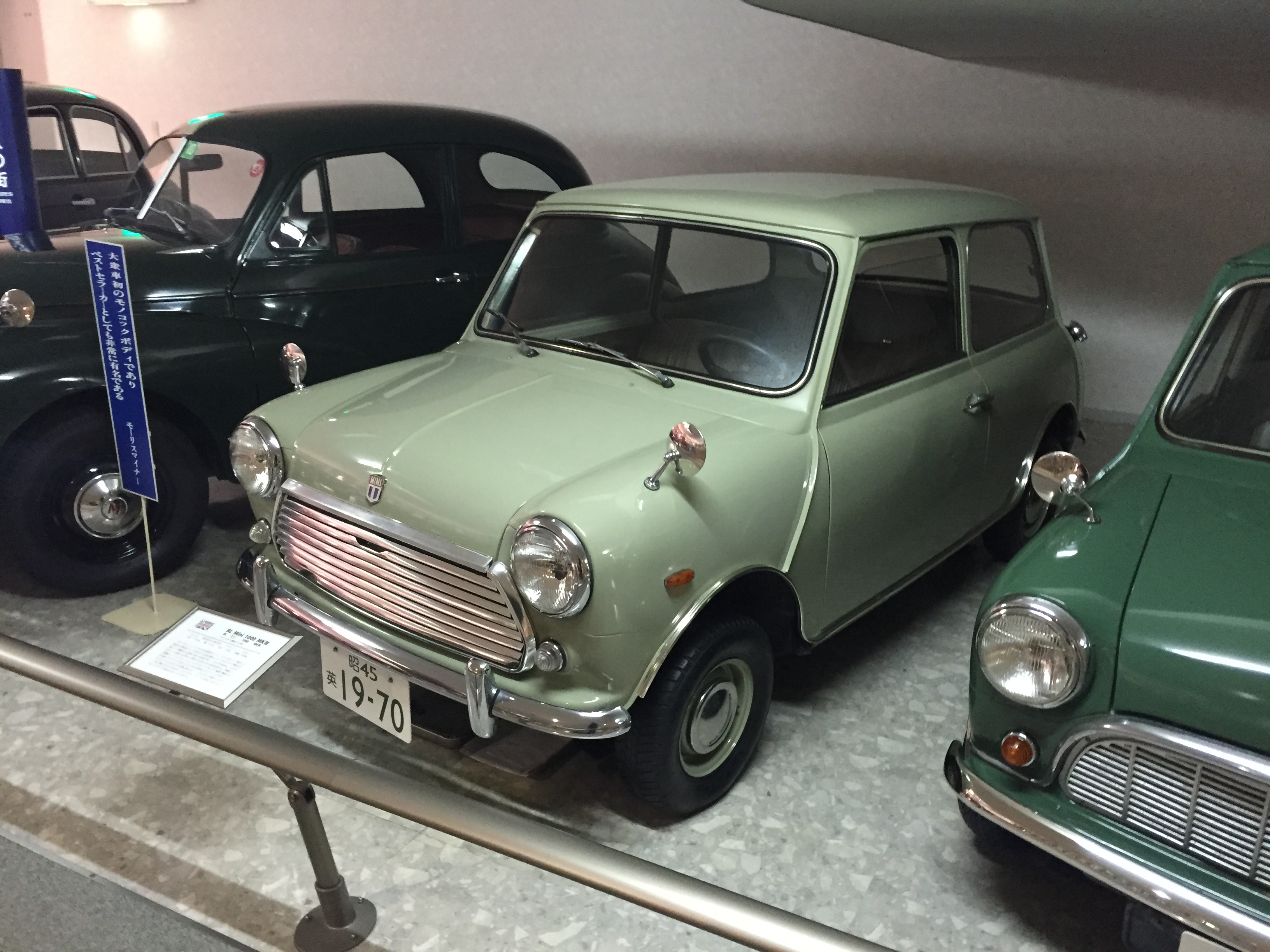
… even a Countryman, and it looks just as despicable as the one today does!!!!!

Then we get back into the oddities, such as this 573hp supercar prototype…
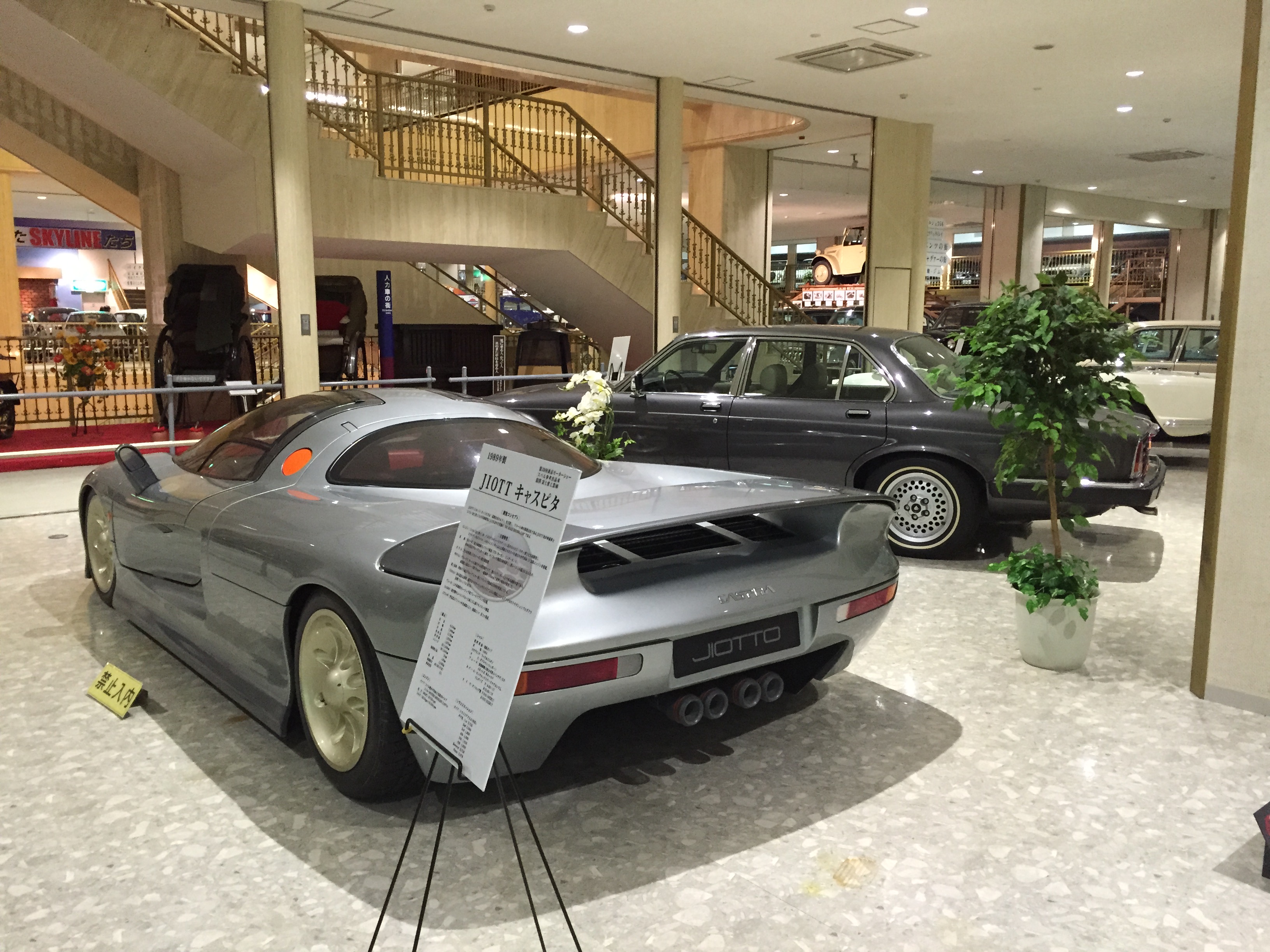
Japanese fascination with Mercedes takes front stage here again, with the centerpiece being one of the most glorious cars of all generations… the Gullwing Mercedes 300SL. Next to it is a pretty nice 500SL, as well – all of these owned by a somewhat famous artist on semi-permanent loan to the museum.
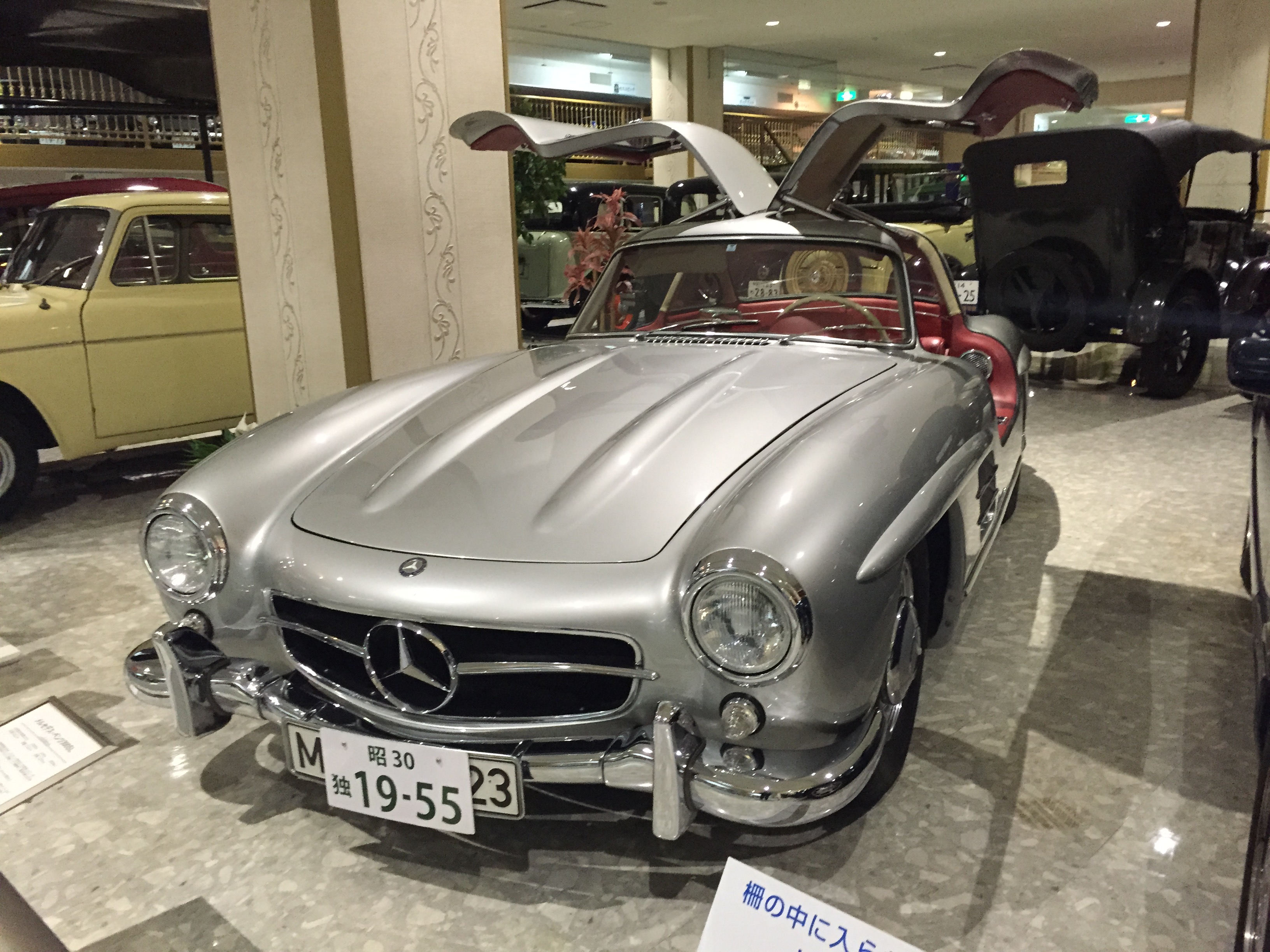
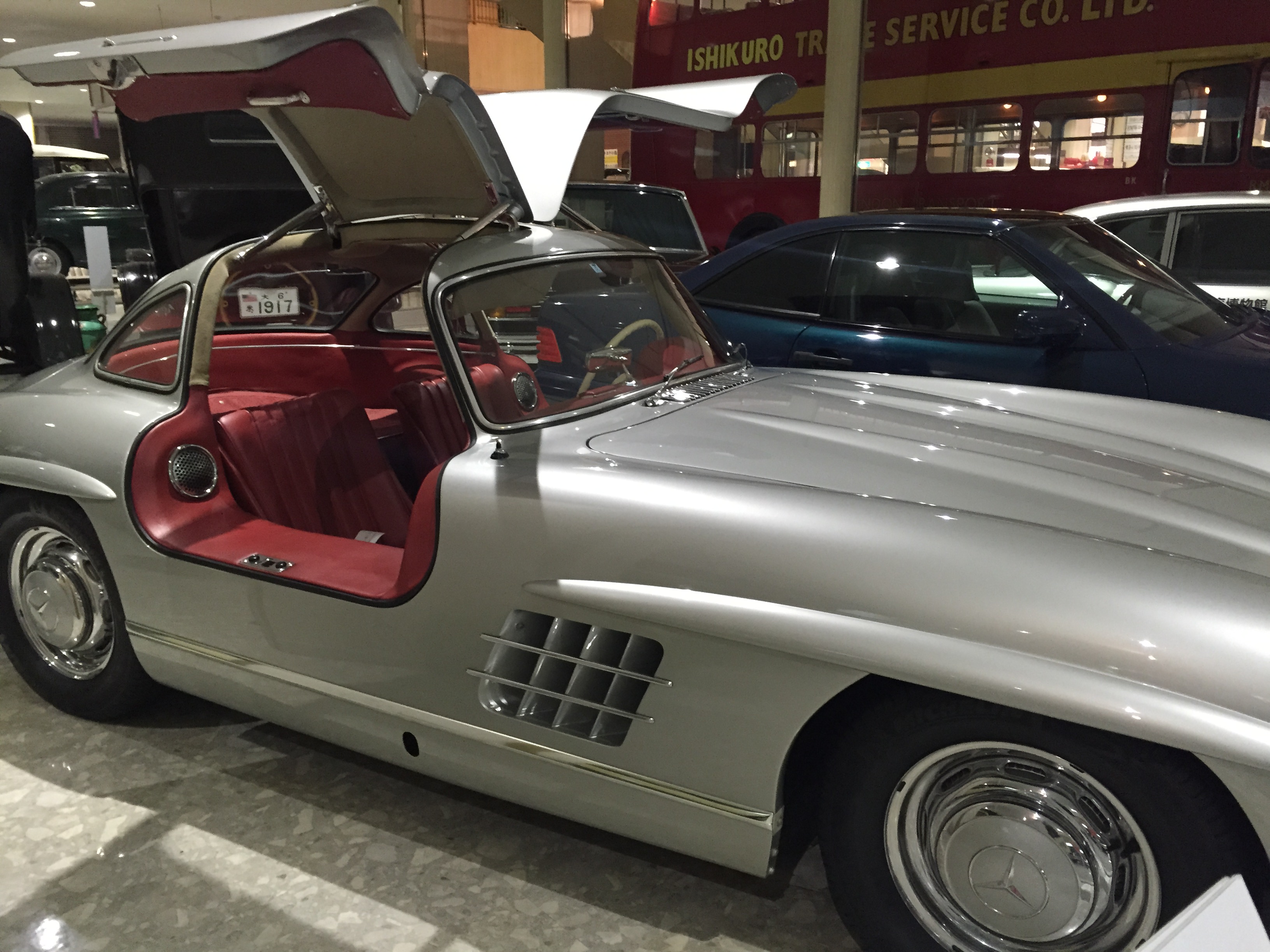
Will you just look at those doors?…… This is pornography in car form. Or art. Or whatever you want to call it.

It’s flanked by a S600, the timeless mammoth behemoth of a car. The cool thing about this generation of the S600 is that they went out of their way to make everything hydraulically operated, which seems like a really cool idea, because everything has this steampunk feel to it – windows that just slide up and down with no motors making any sounds, suspension, everything being silk smooth… except the hydraulics invariably fail, and then the magic very rapidly stops, and fixing the thing costs not only a kidney and a lung, but also isn’t even really possible anymore because Mercedes more or less threw in the towel and doesn’t really make spare parts anymore (well, that, and the car is also 50 years old, so at some point the support ends, you know). Fun fact: a few years back, I saw Lucien Bouchard, the Parti Quebecois leader, at Atwater Market in Montreal in this very car.

The gigantic 600 makes for a good segue into government cars and executive limousines, of which they have a decent collection as well. I posted Diana’s Silver Spur II above; this here is a Chinese government limousine. Considering the dismal safety record of any Chinese-produced car, I’m actually a little bit surprised the Chinese rulers rode around in this. I mean there’s national pride and all, but they haven’t discovered crash testing in China until … wait, they still haven’t discovered it as they still fail more or less every crash test, though I suppose that will change in a few years.
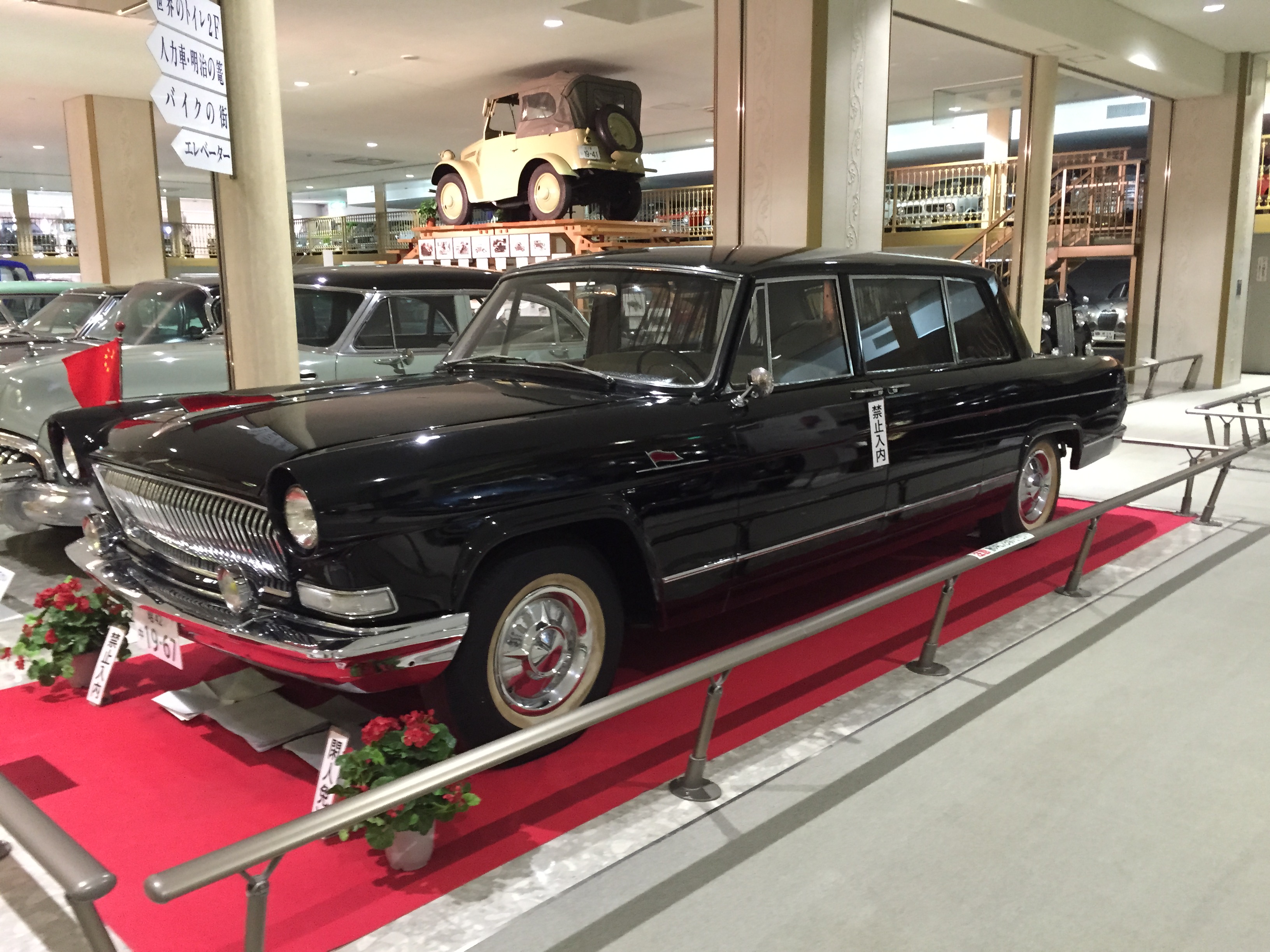
Here are some gloriously massive American cars (I have no idea how these cars ever navigated Japan. I find even the modern day American cars to be way too big here).
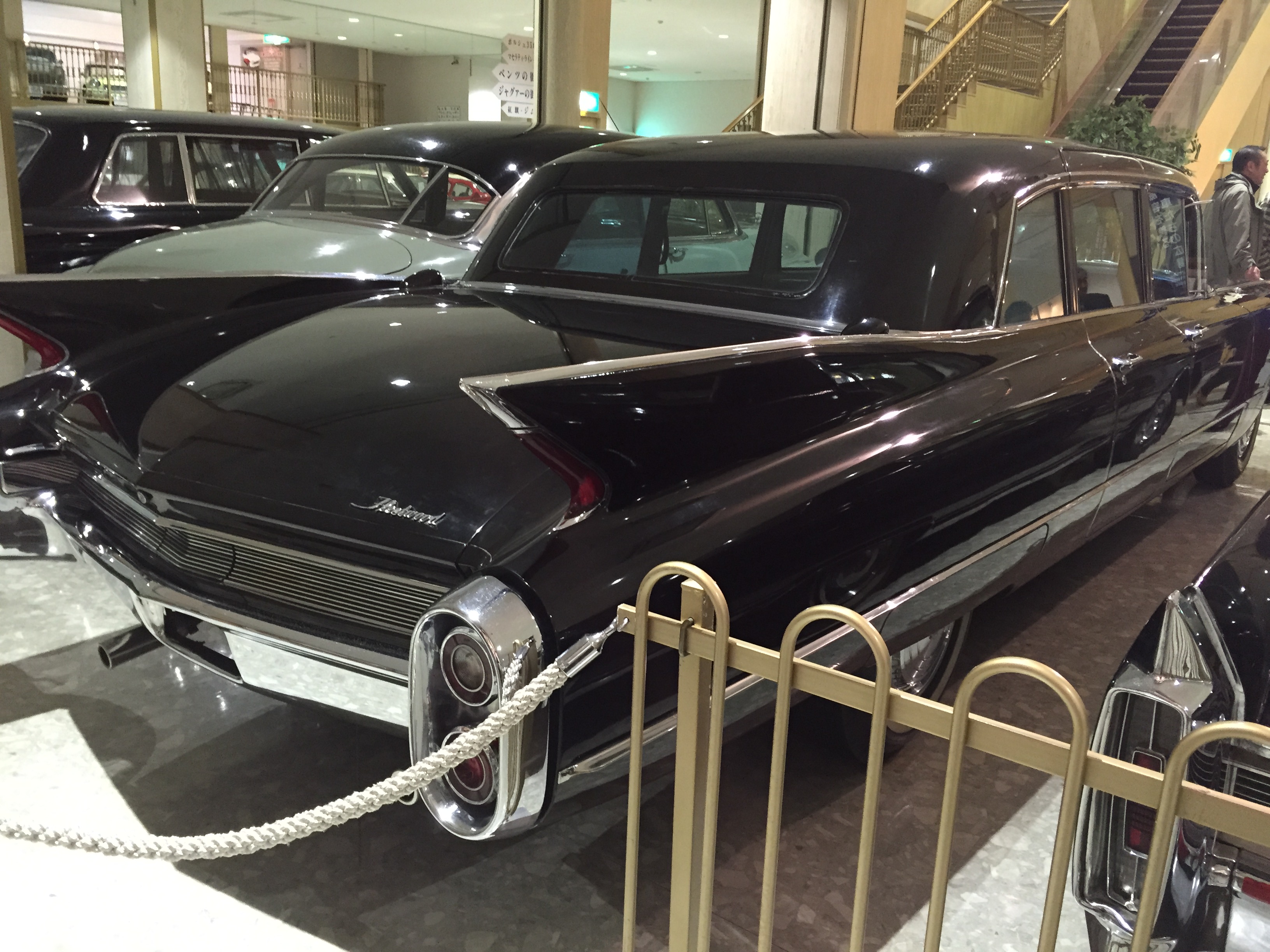
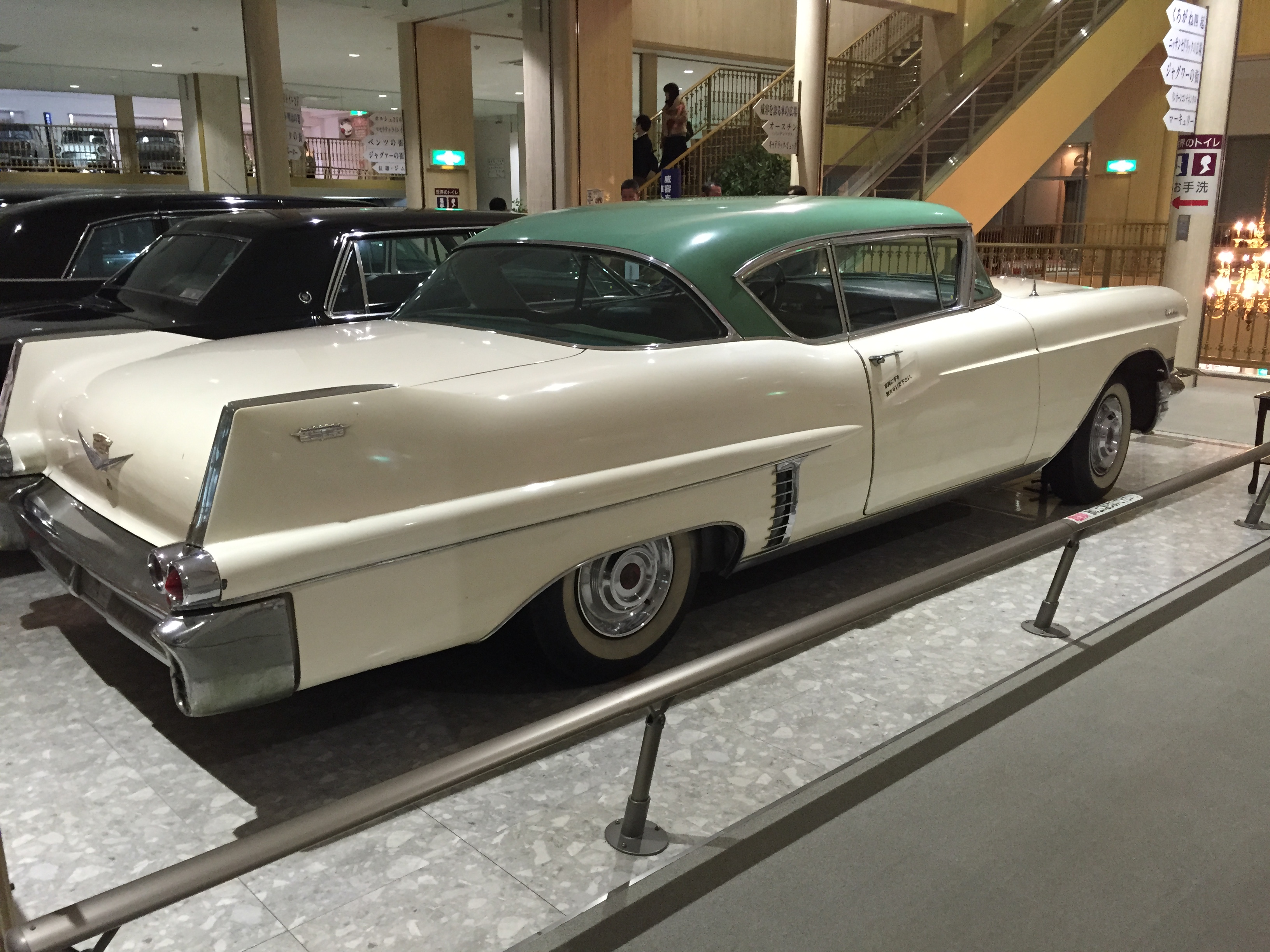
While we’re on the American bandwagon, here’s a totally out of place car. A ’69 Mercury Cougar with a 440cc engine and a radiator-mounted ram air intake. This car probably made as much horsepower as the entire auto production of Japan, or the Soviet Union, did in 1969.

This one is a little bit more rare and unique: a Russian Gaz-12 “Zim”, which was the first Russian limousine made for the midlevel party official, and also the only car of that rank made available for private ownership. Though not necessarily ultra-rare in the Soviet Union, it is somewhat more rare today since, well, all Soviet things are rare.

Switching gears once again, here are some old classics. Here’s a Fiat 500…
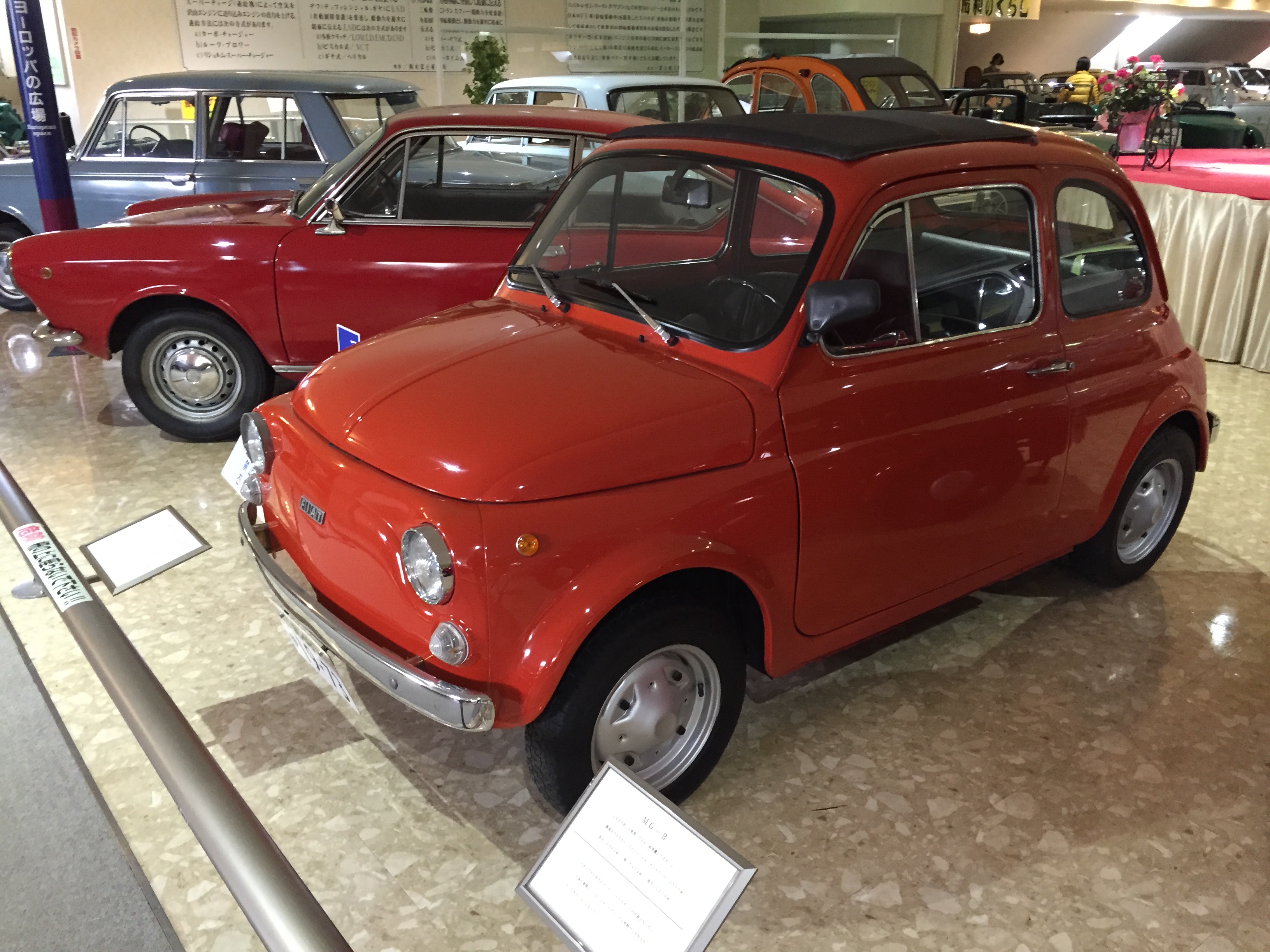
… a Lada 2101… no wait! It’s not, it’s a Fiat again. Soviet car designers didn’t exactly have any qualms about copying popular designs, which is why the 2101 looks EXACTLY like this.

But this one is full-on legit: a Moskvich 408. Amusingly, the spec sheet said it has 67hp, which is off by at least a factor of 10 as far as memory serves.

All in all, a fascinating collection. It didn’t have as many cars that call out to my childhood, like Frankfurt did (with the Lamborghini Miura, Countach, de Tomaso Pantera, Ferrari F40 and so on), but the depth of the Japanese collection is spectacular. Any fan should be able to appreciate it. Was well worth the visit.
My last visit was to the Nata-dera temple. As a pretty temple nested in the mountains, there’s not much to say as far as the descriptions go, so enjoy the views.
The cave on the upper right looked like a smiling goblin with its two eyes and two teeth.
All in all, a really fun day trip to Komatsu. Sadly, only later did I find out that I missed one of the most desirable landmarks in the neighbourhood – the venerated Hoshi Ryokan, a hotel that held the honour of the oldest hotel in the world (it opened in the year 718!), and was run by the same family for 46 generations…. until someone realised that the Nishiyama Onsen in Yamanashi prefecture has been open since the year 705 and has been under 52 generations of the same family. Jesus, it’s like competing whether you’re the richest or the second richest man in the world. Whichever way you spin it, you’re at the top. So yeah, I didn’t know that it was in Ishikawa, so I didn’t visit… but maybe next time!







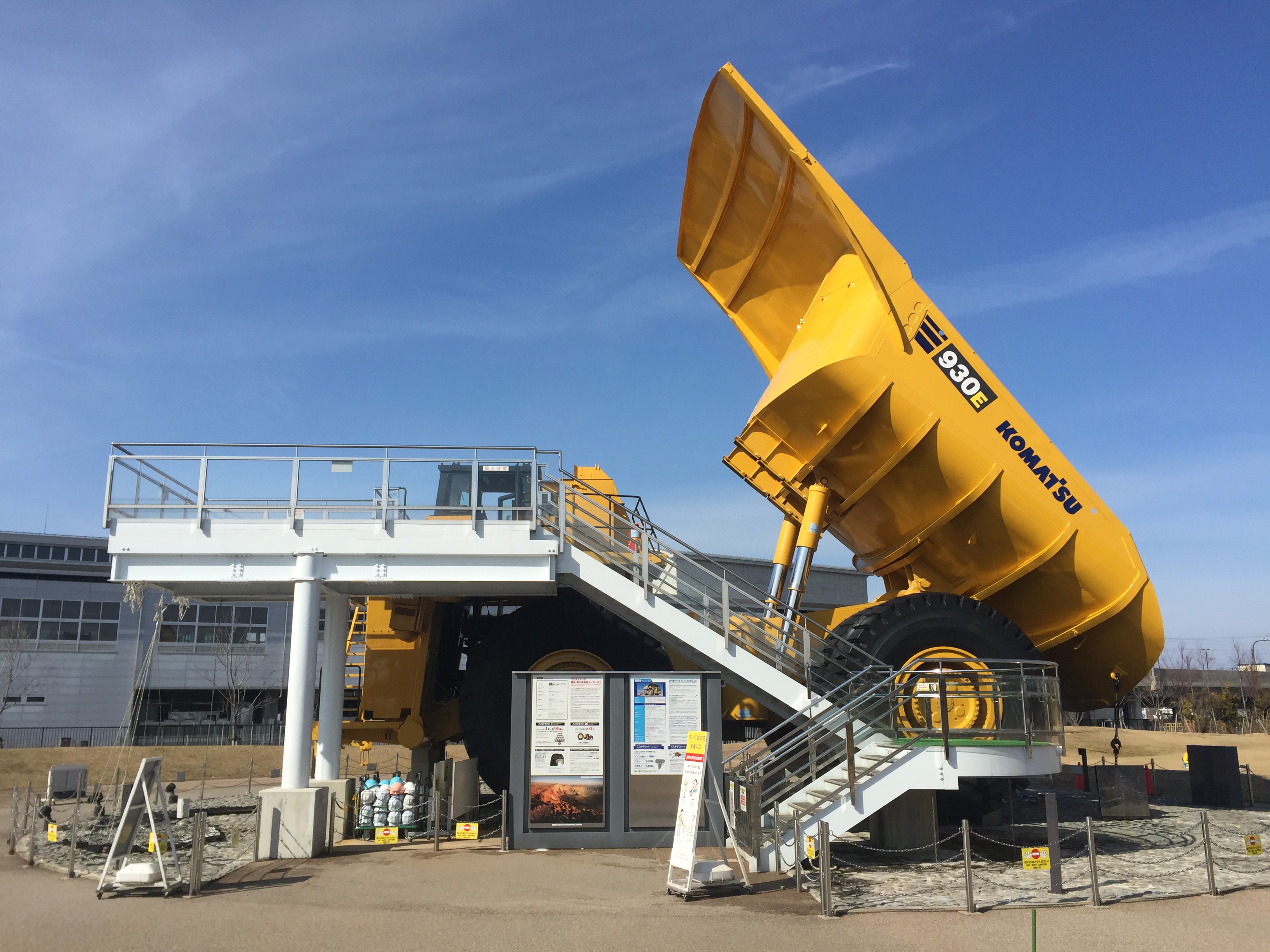

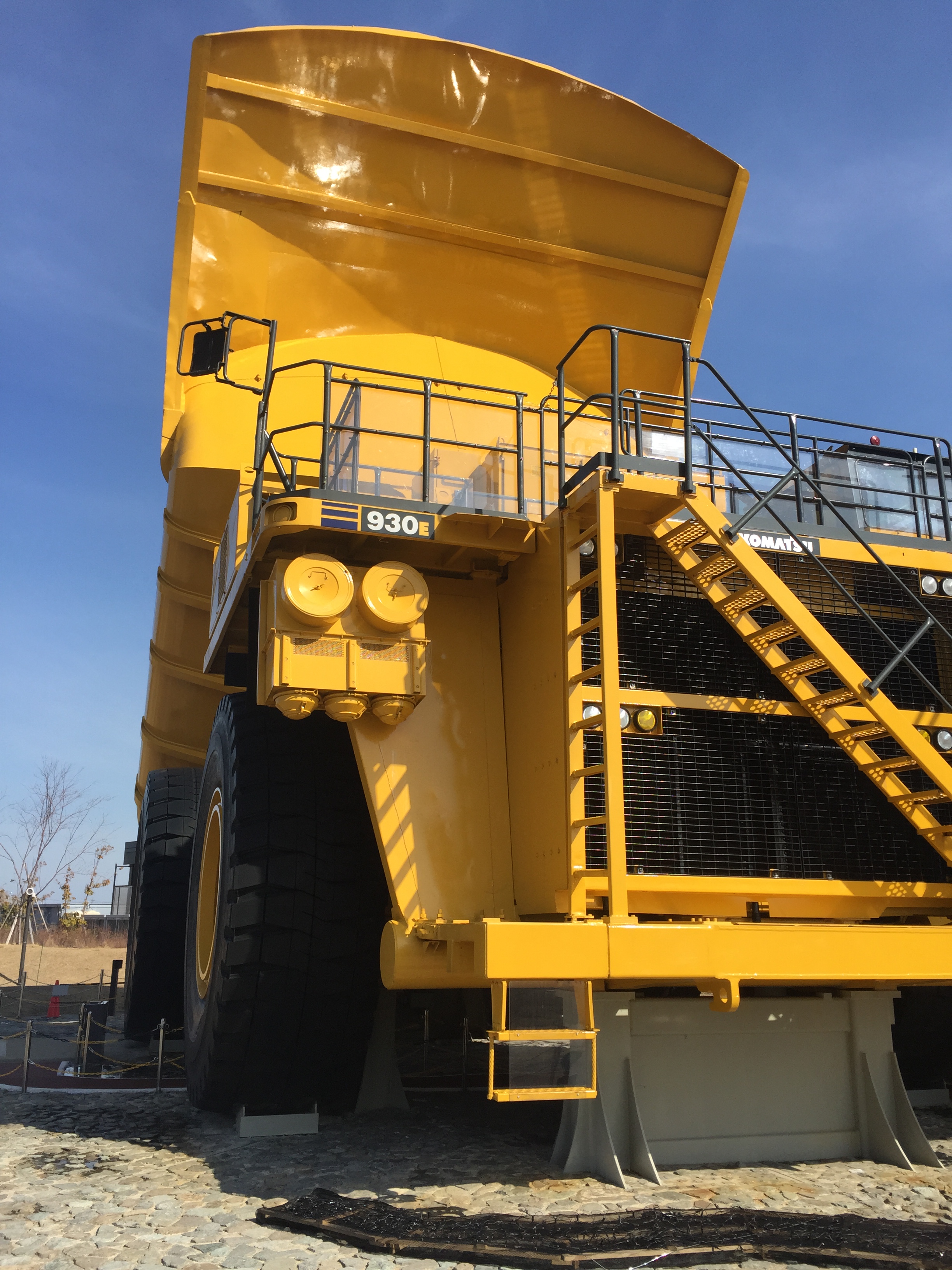
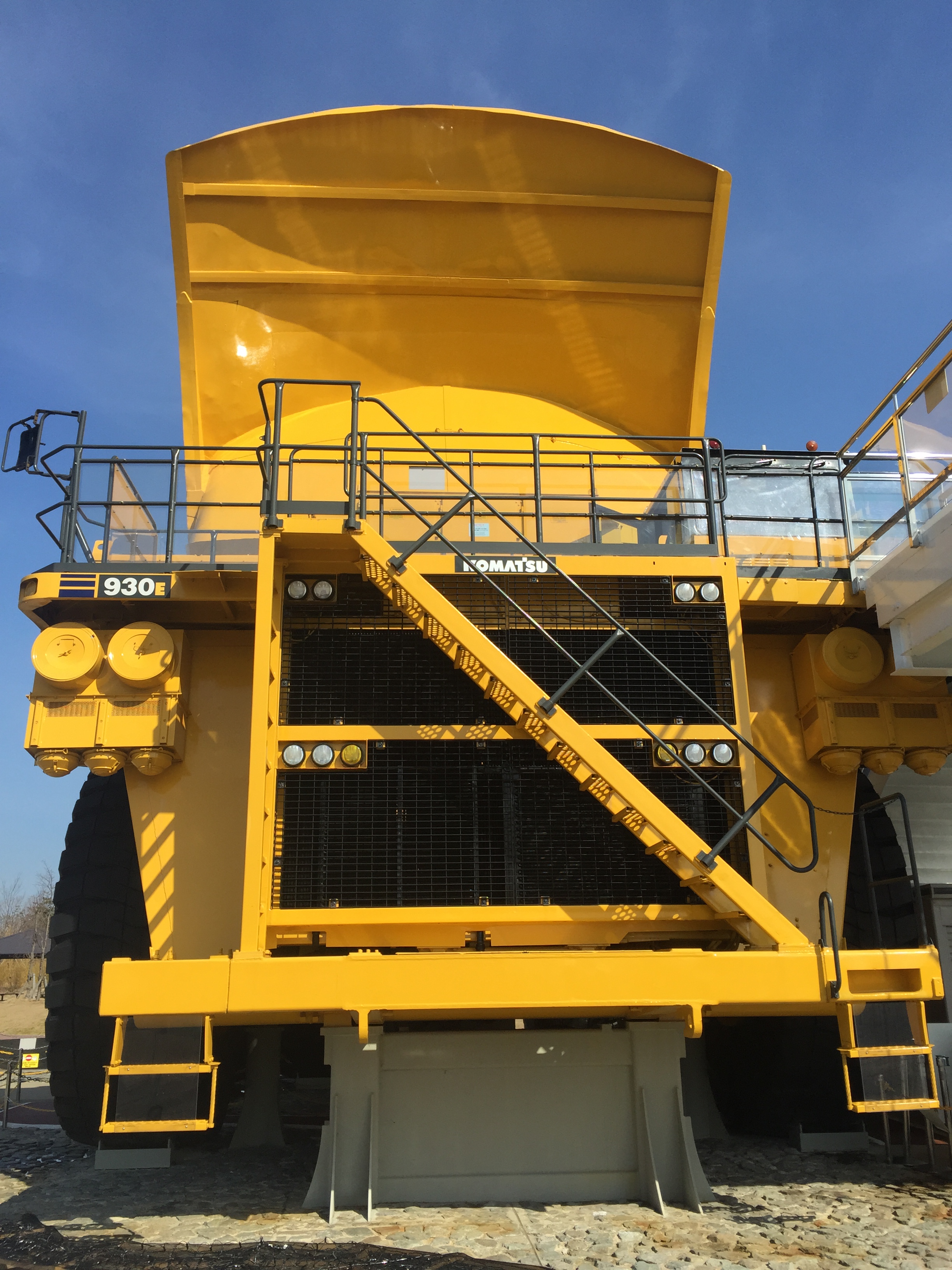







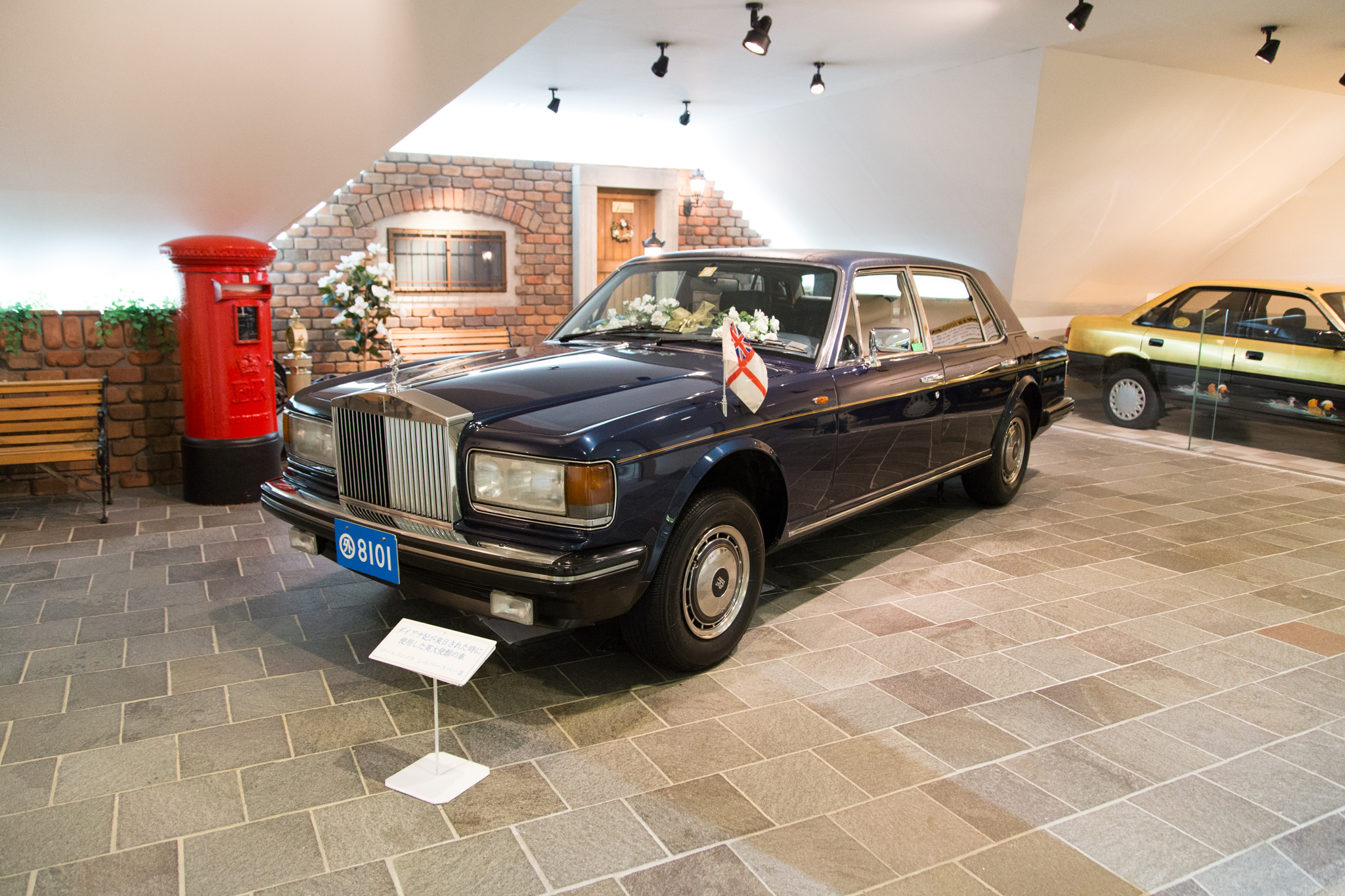
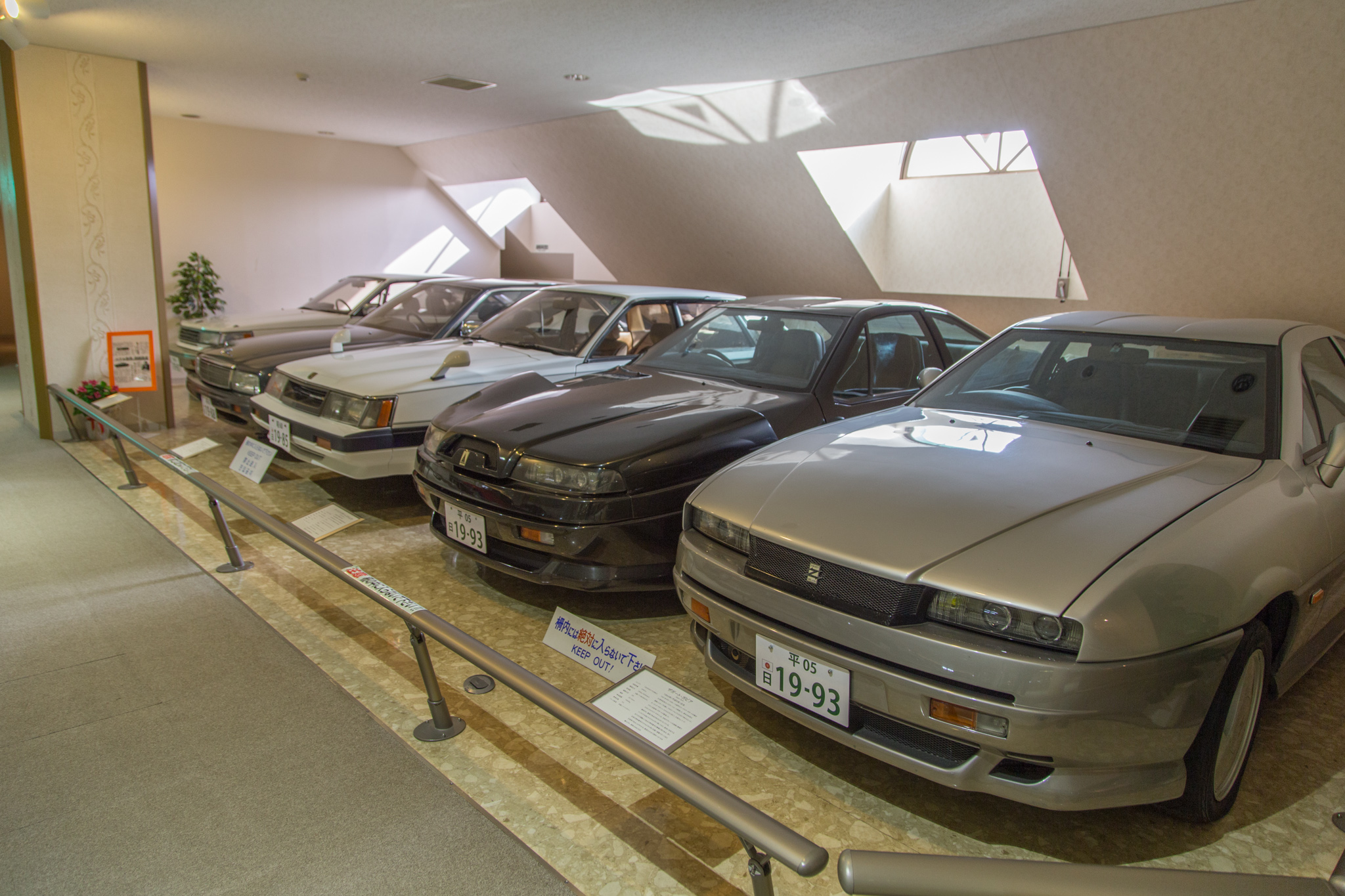
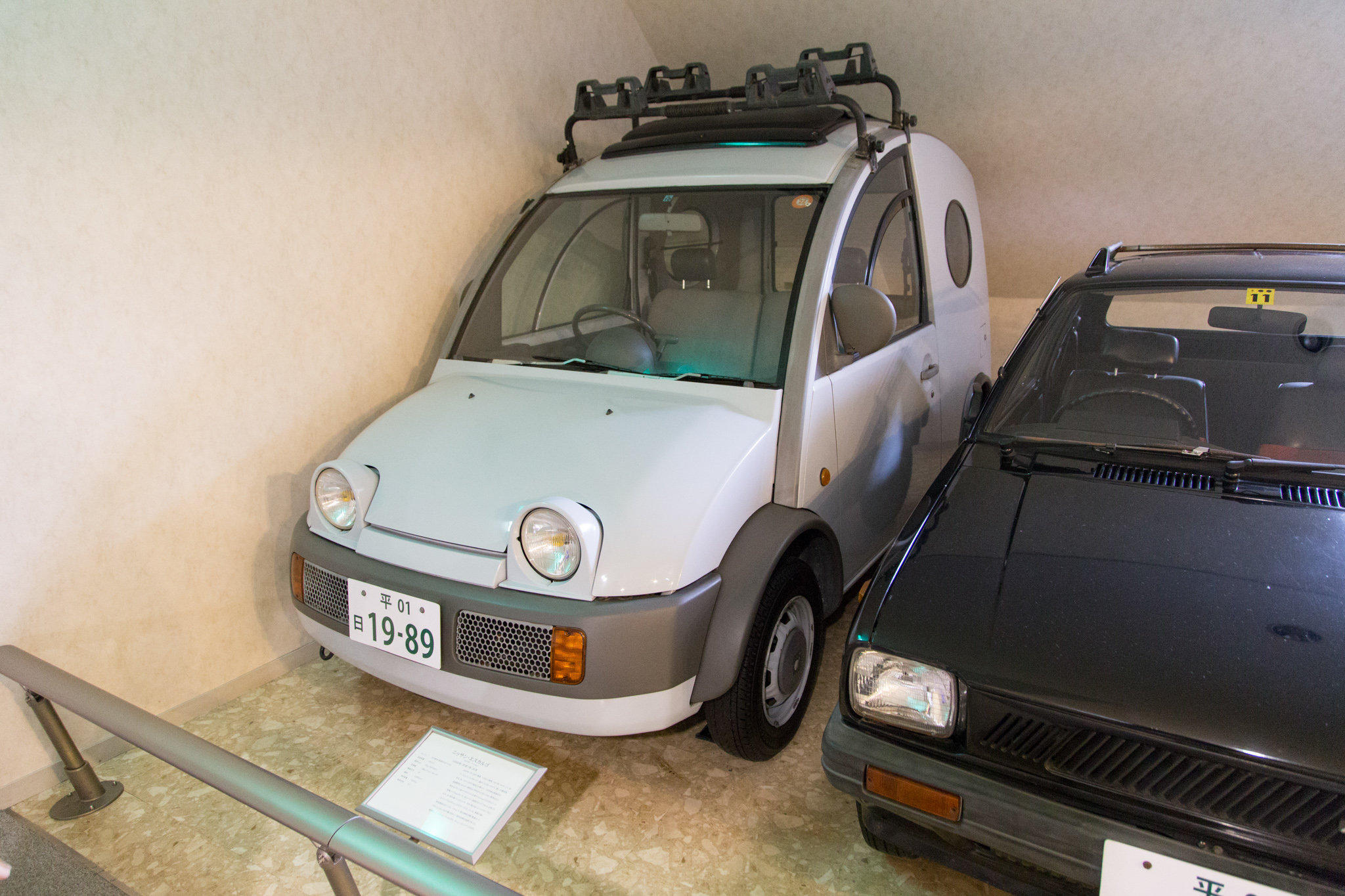
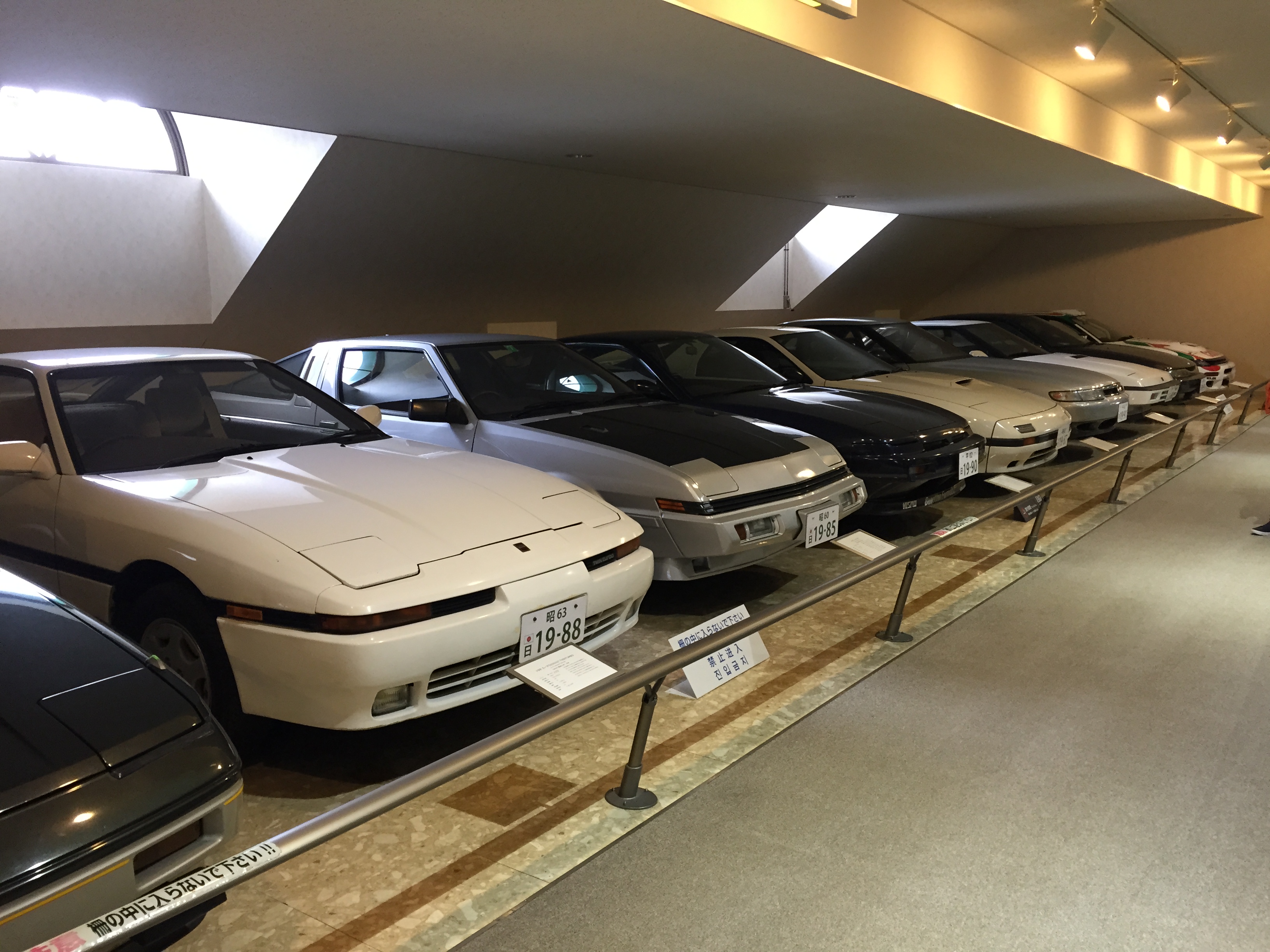
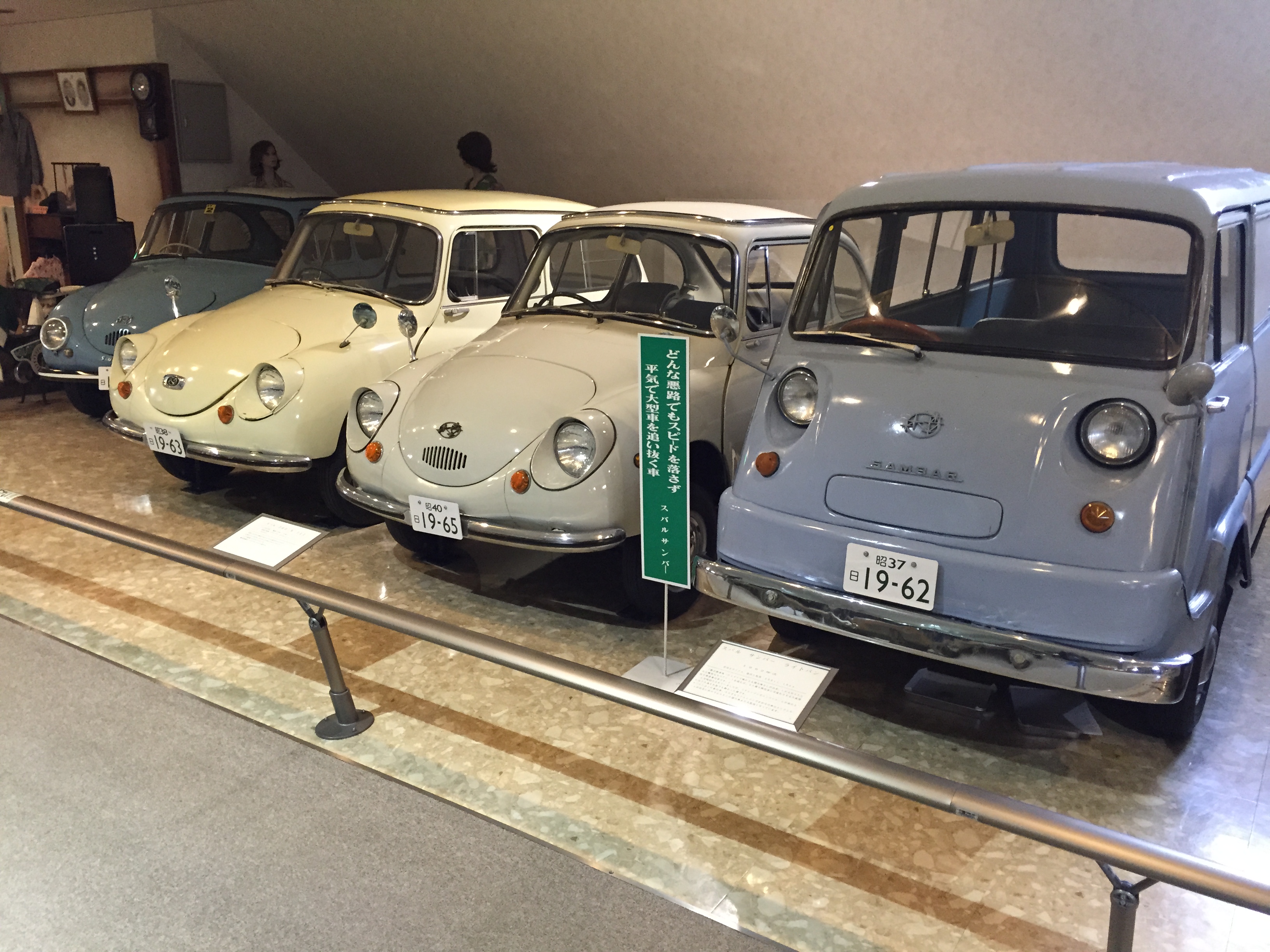
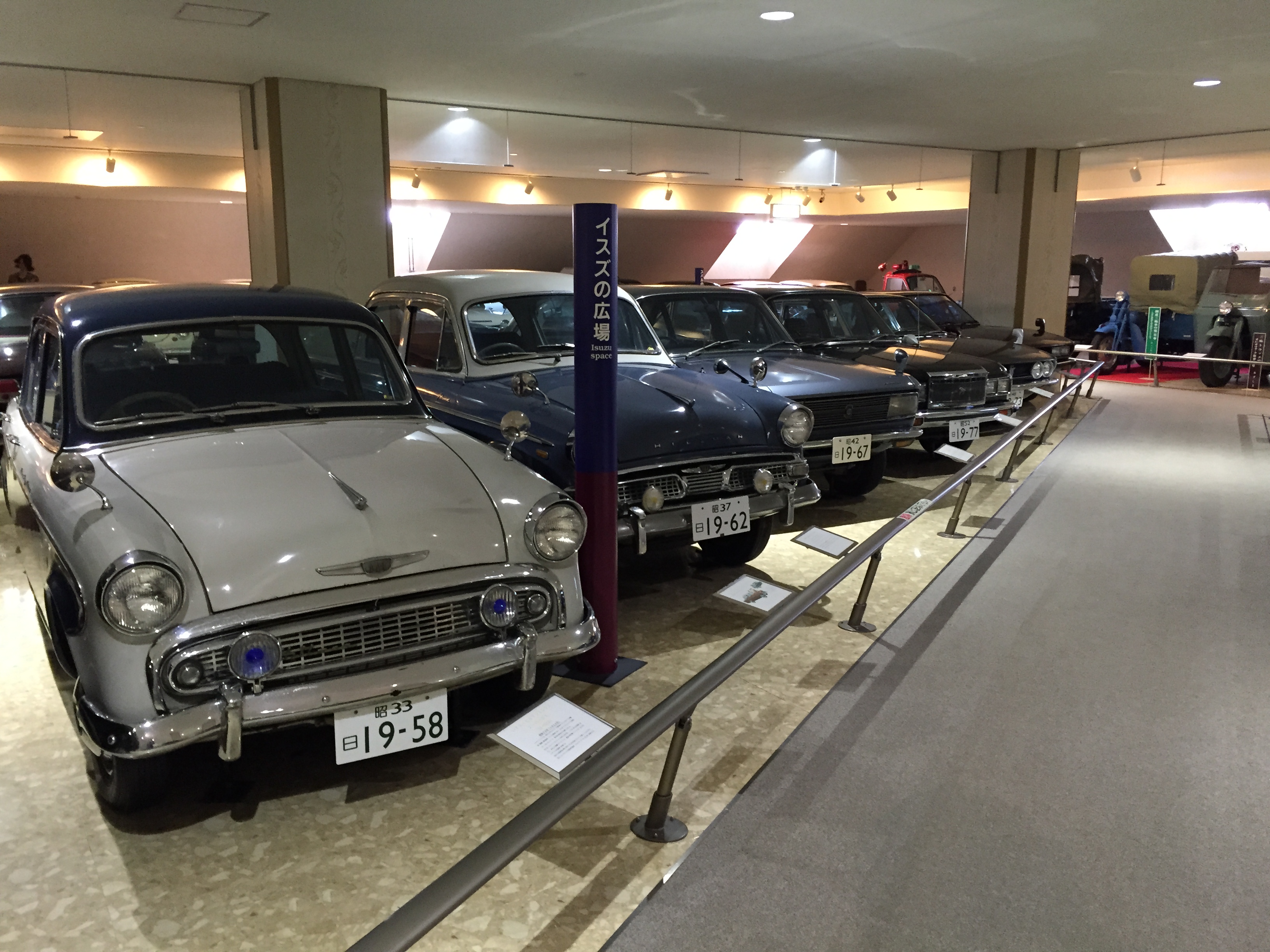
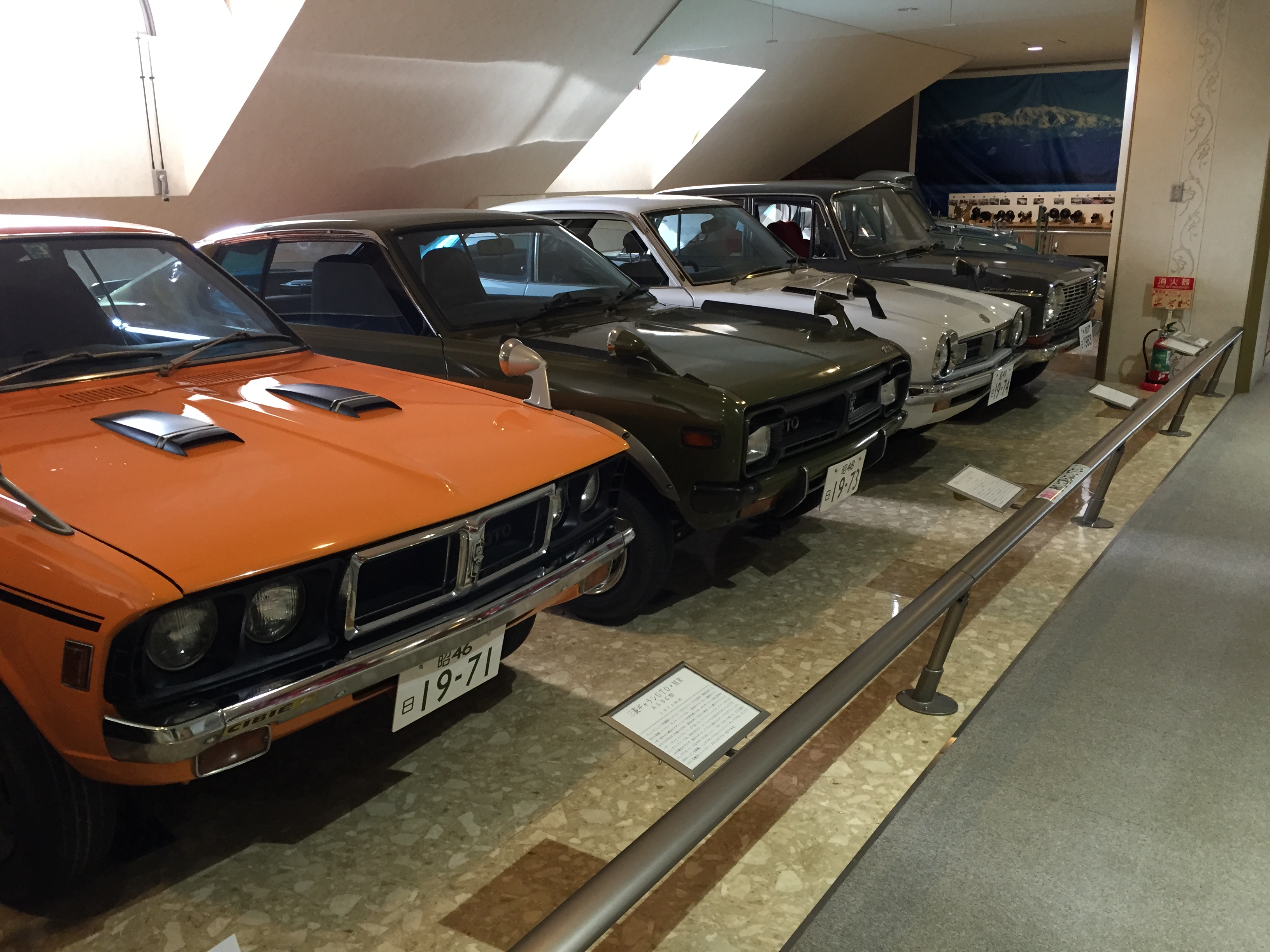
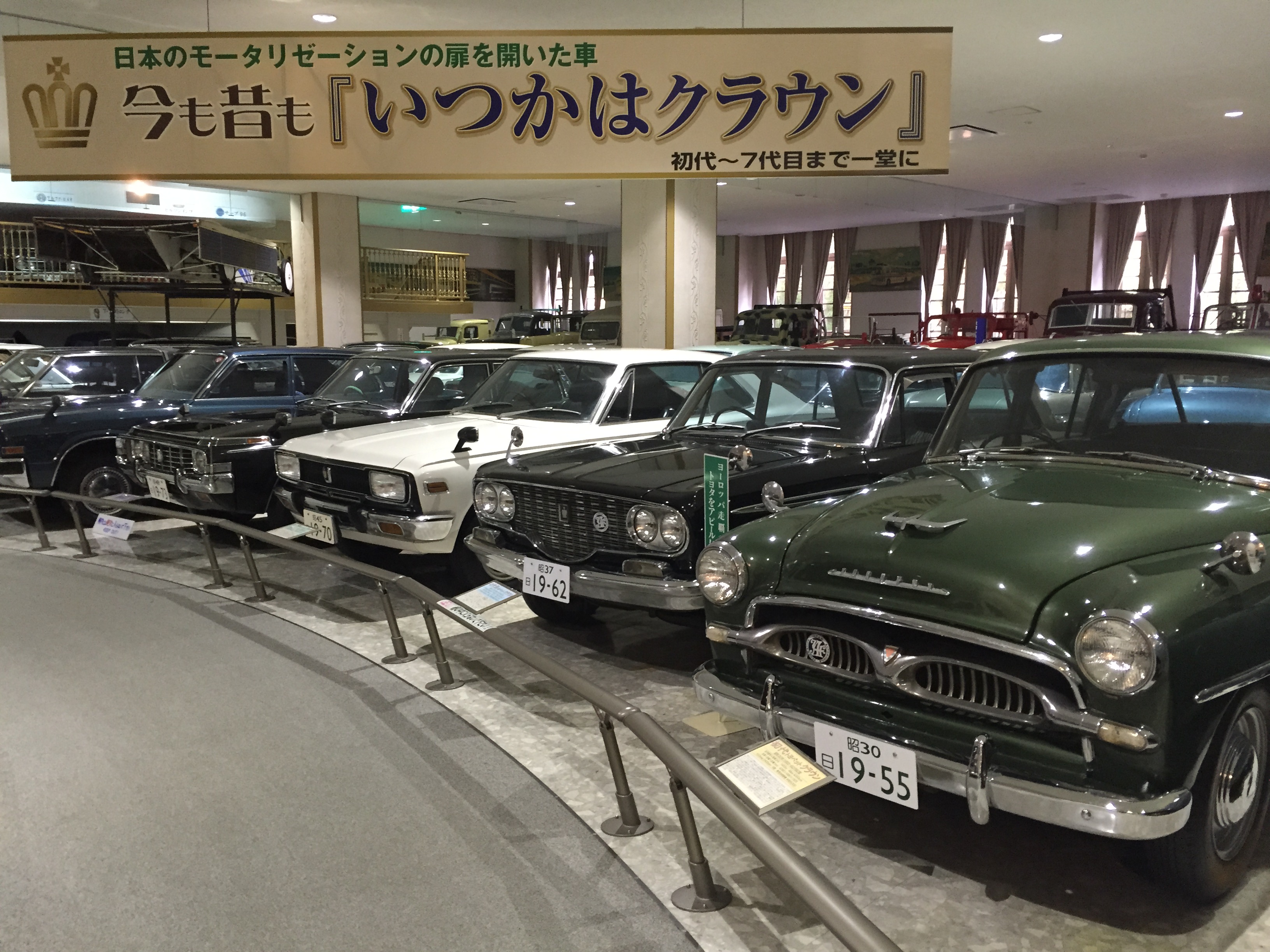

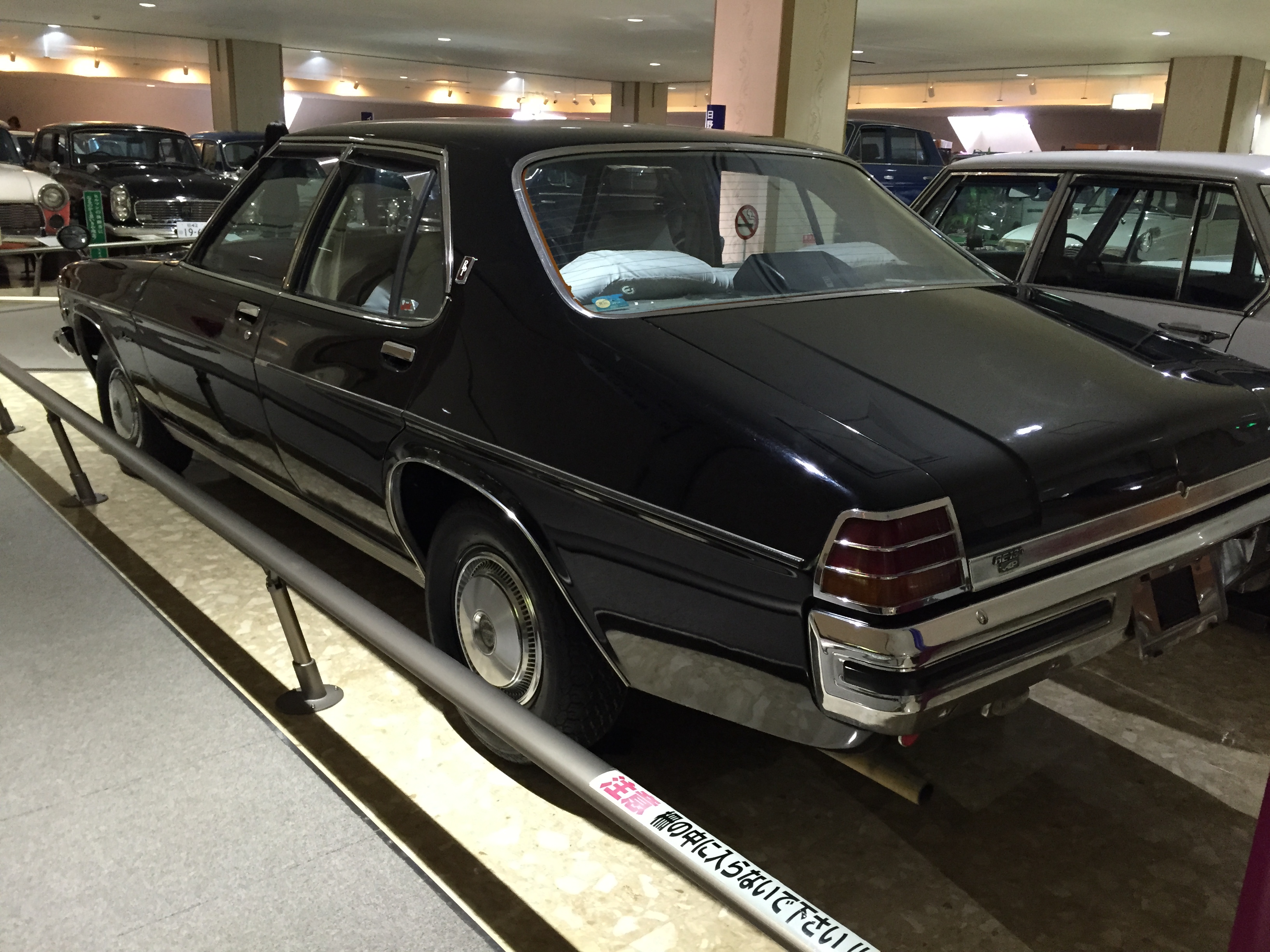
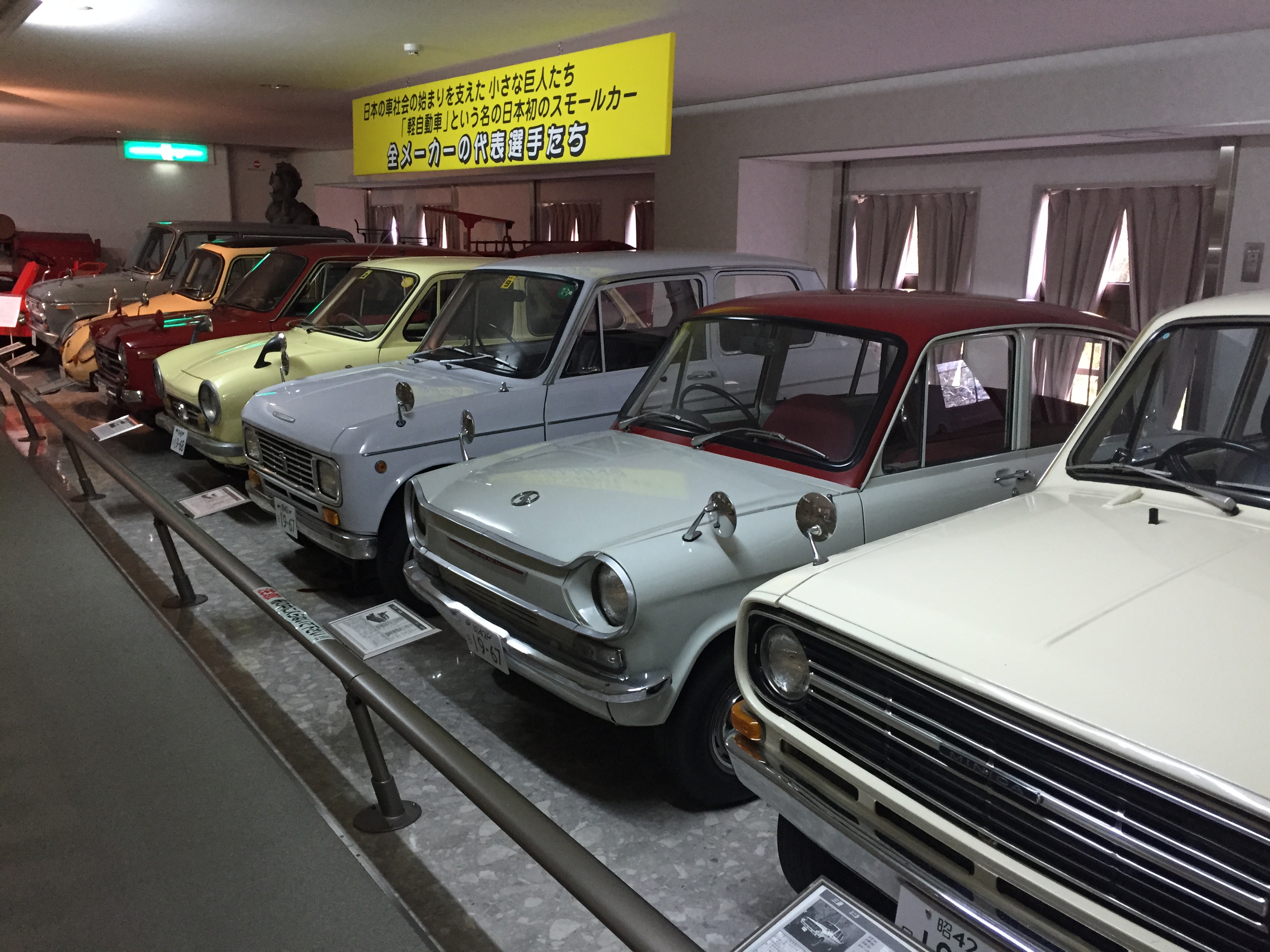
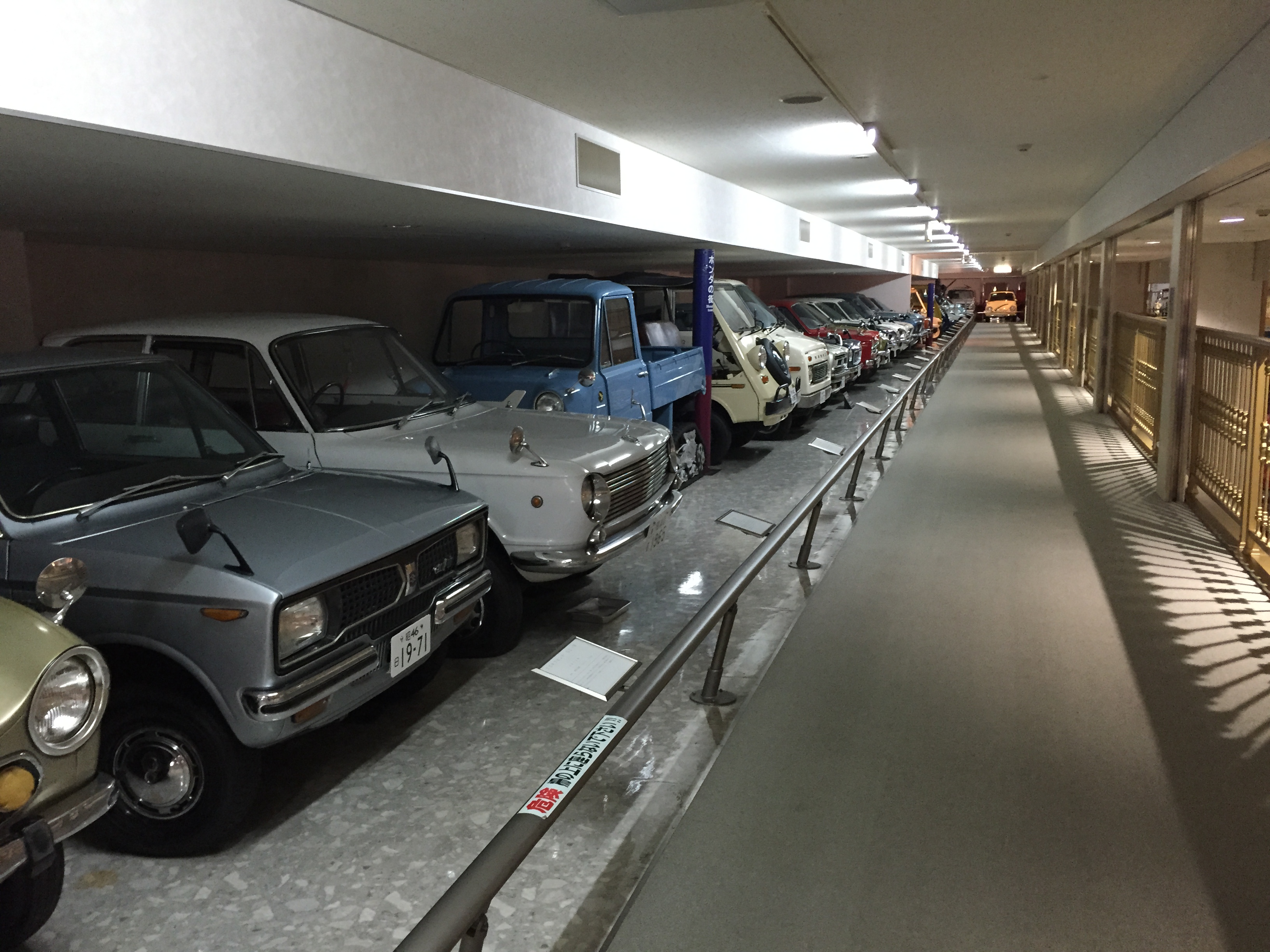
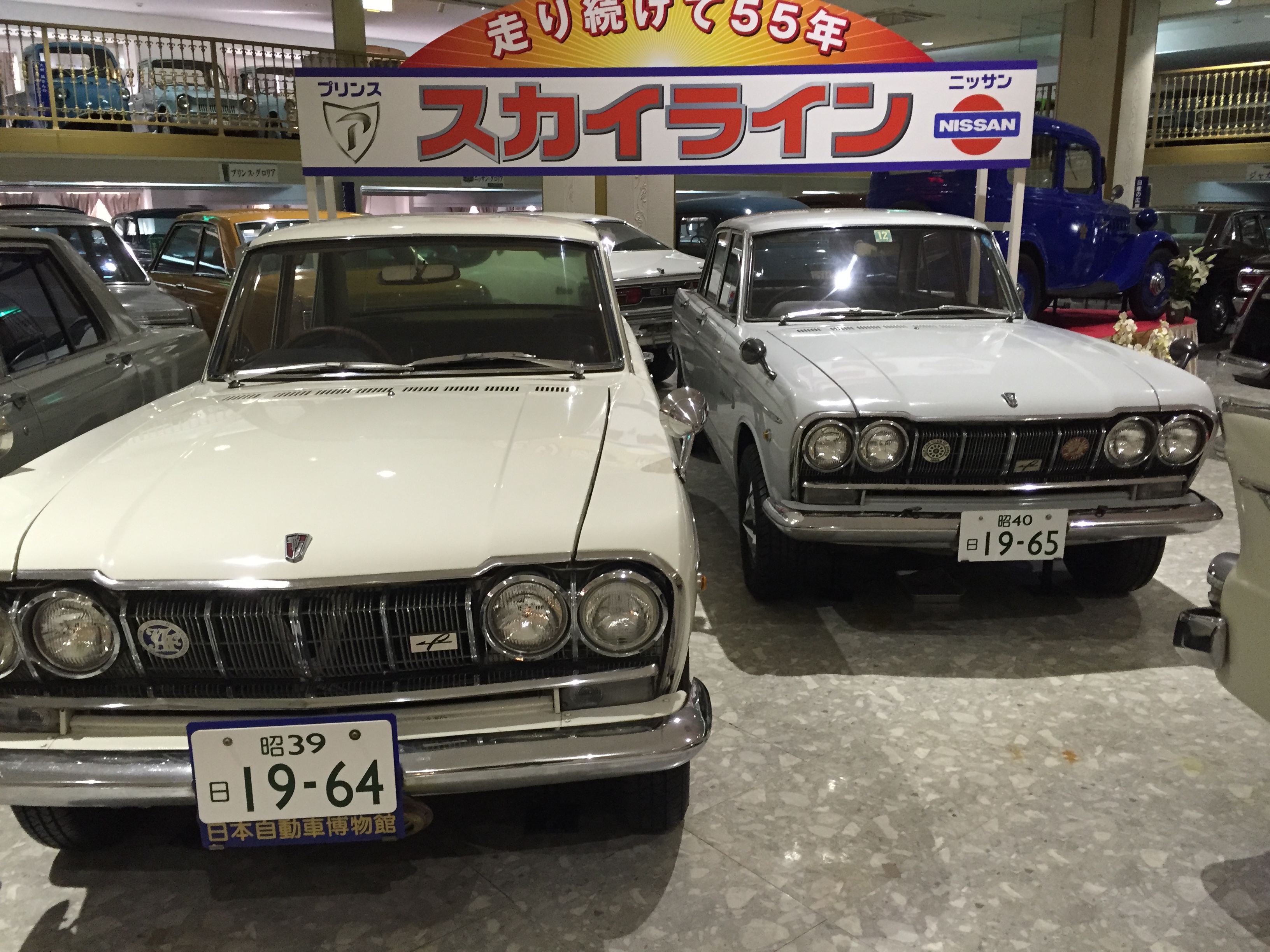
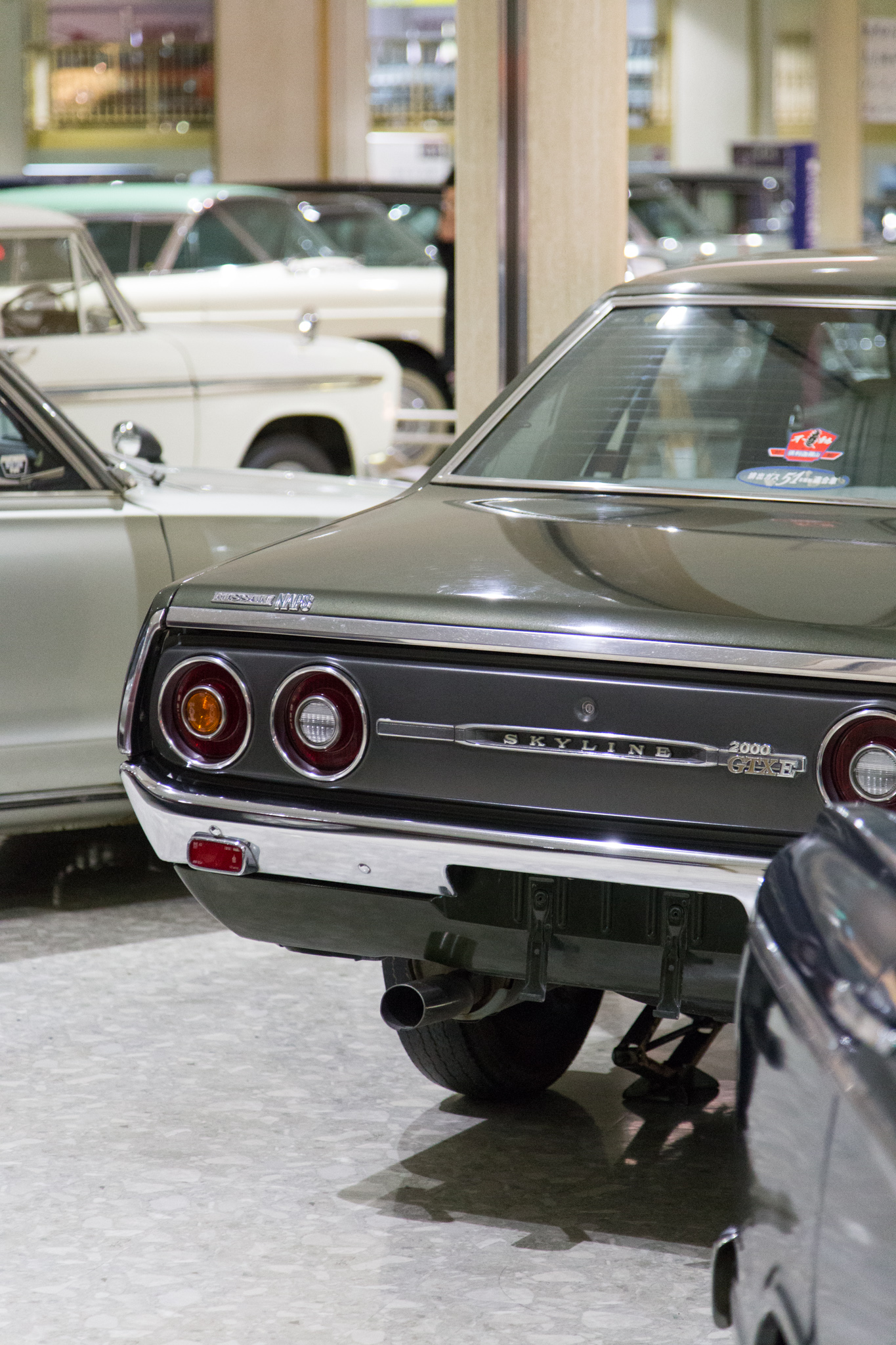
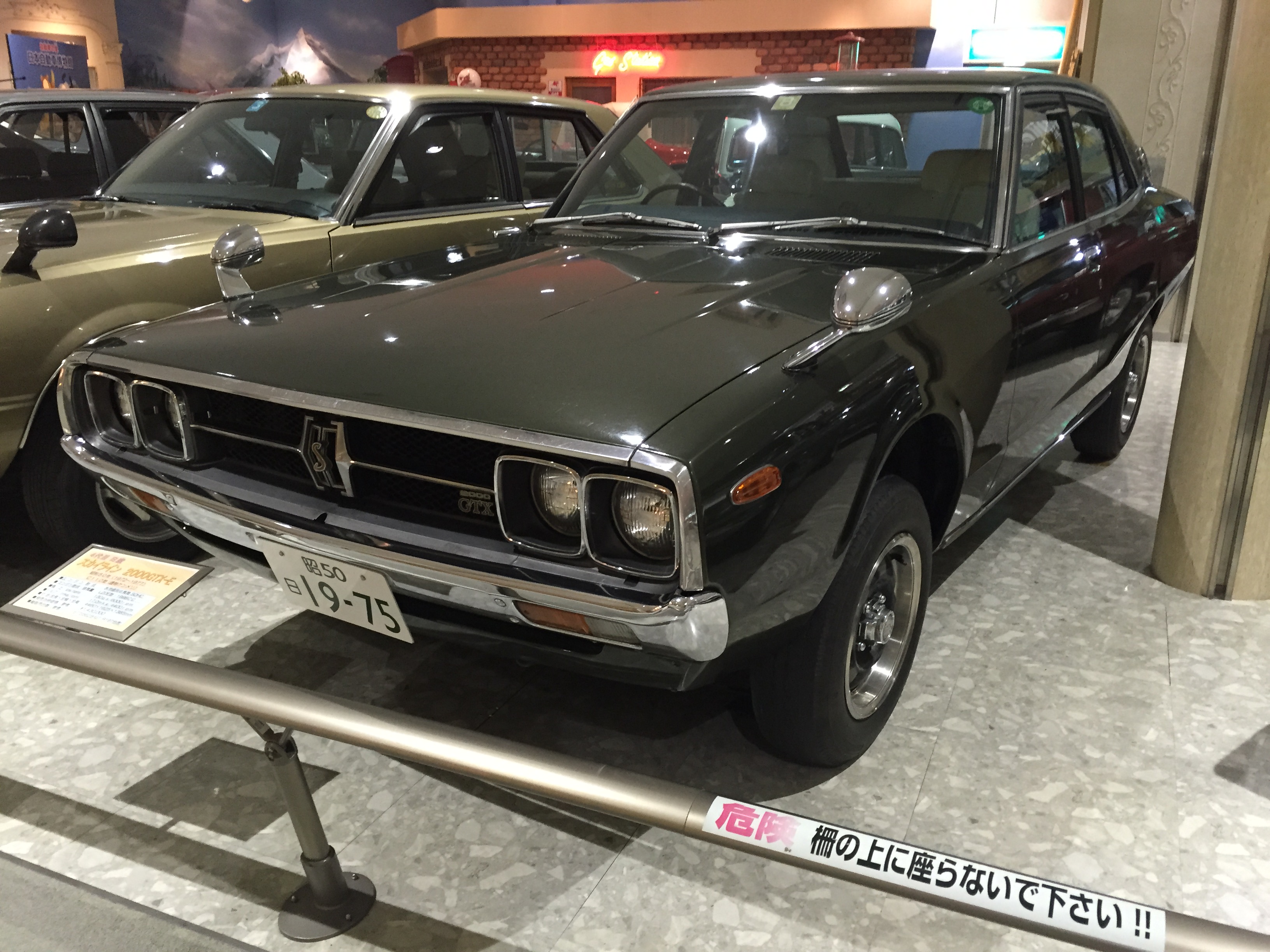
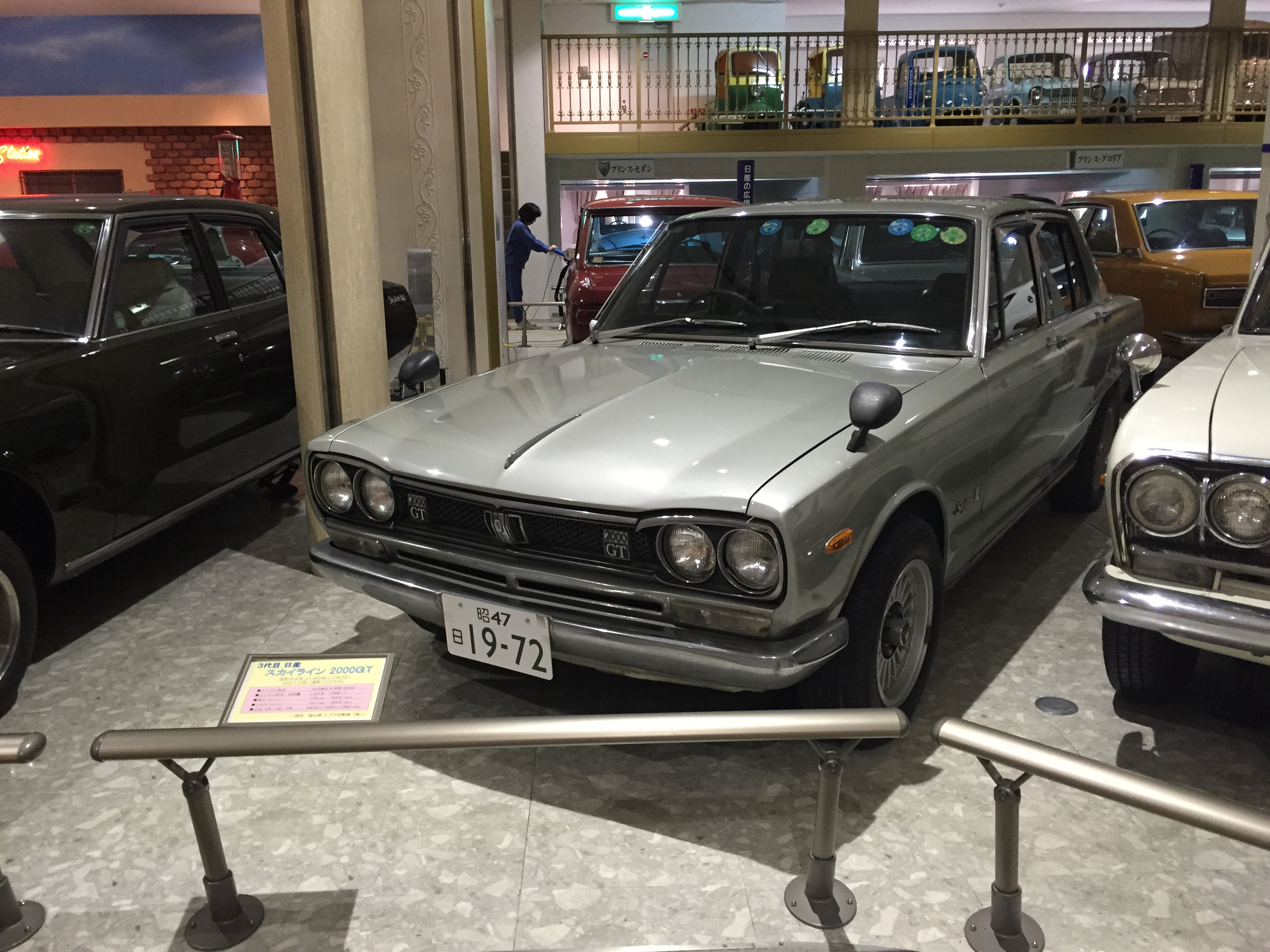
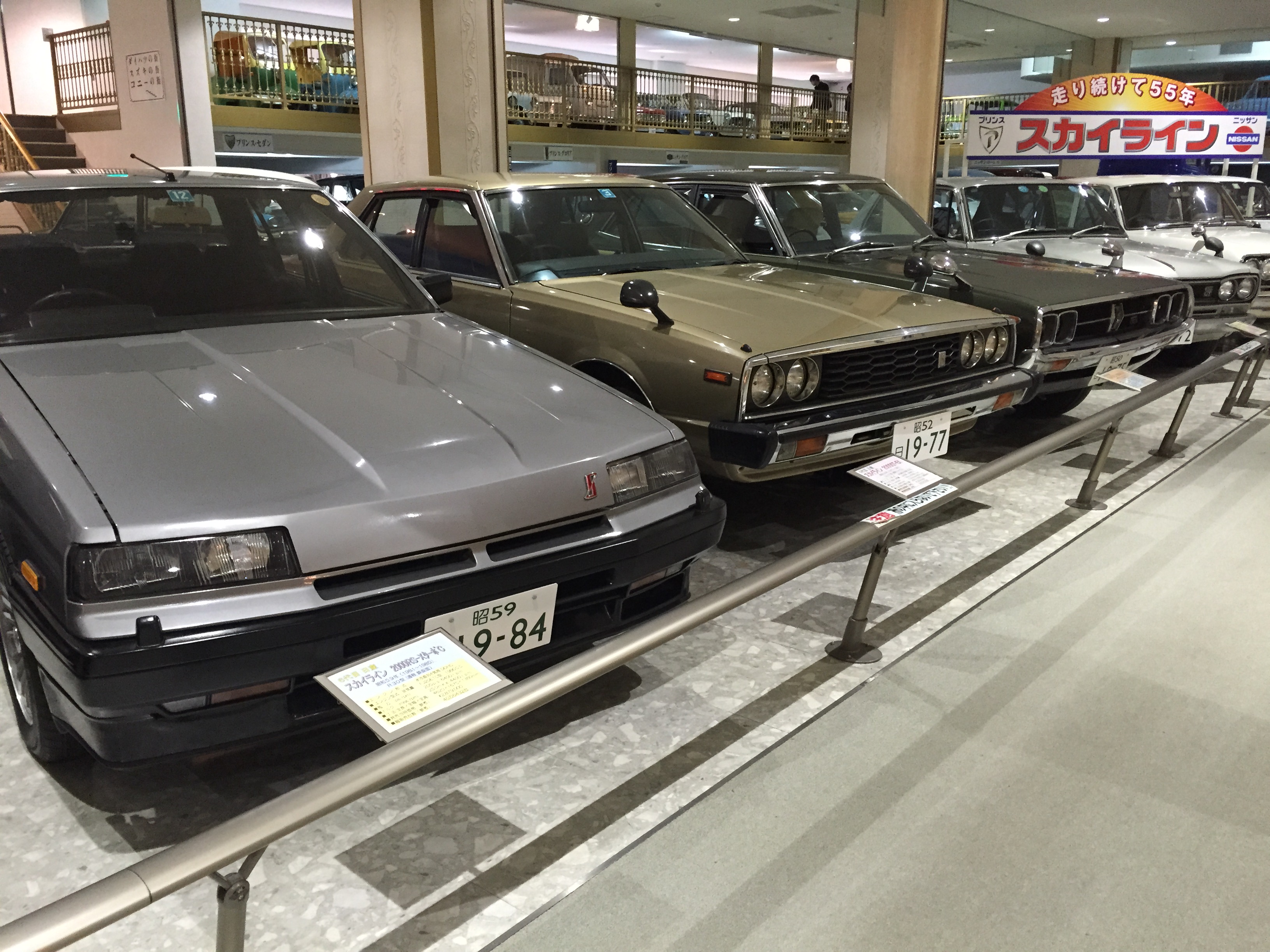
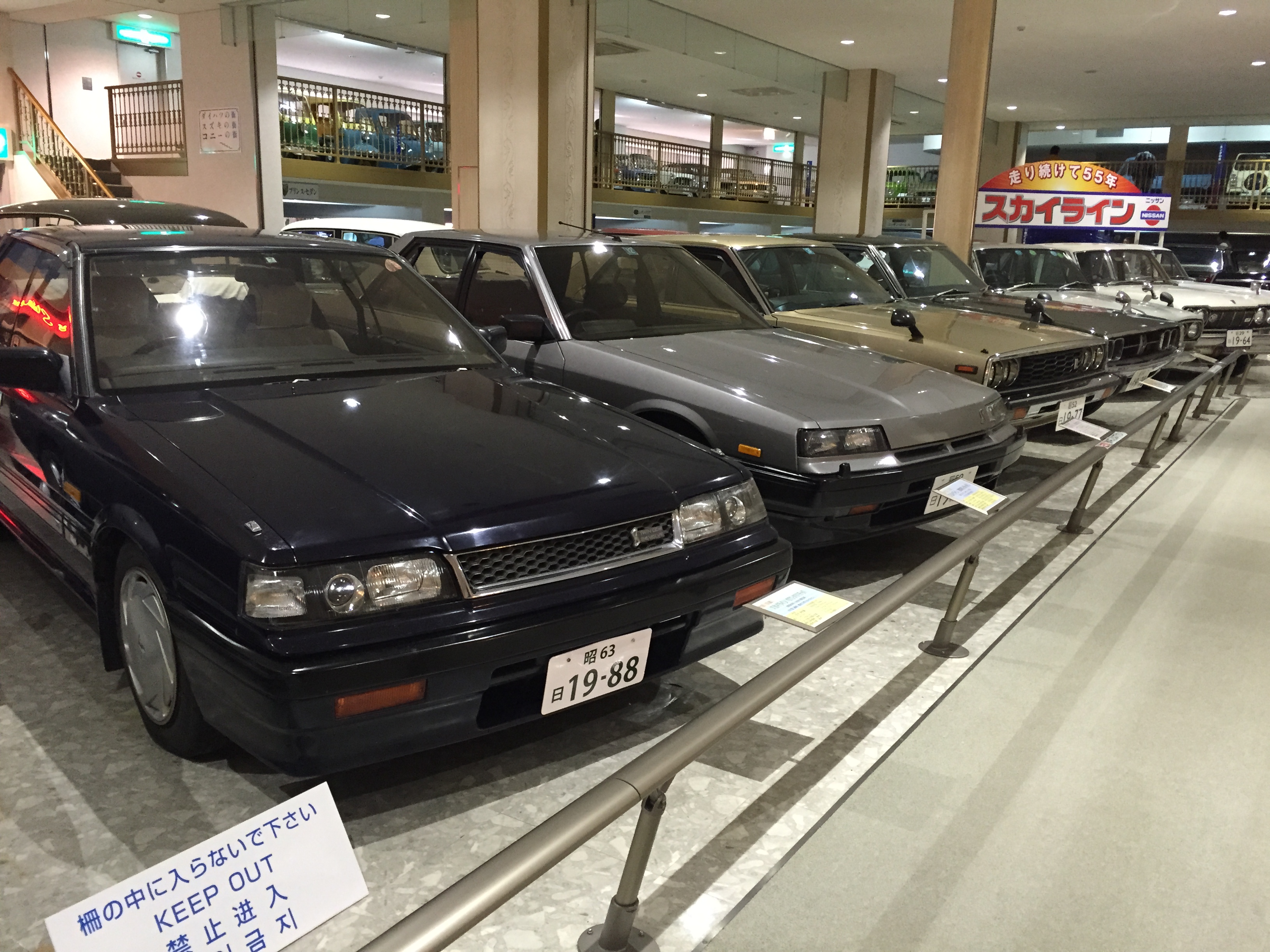
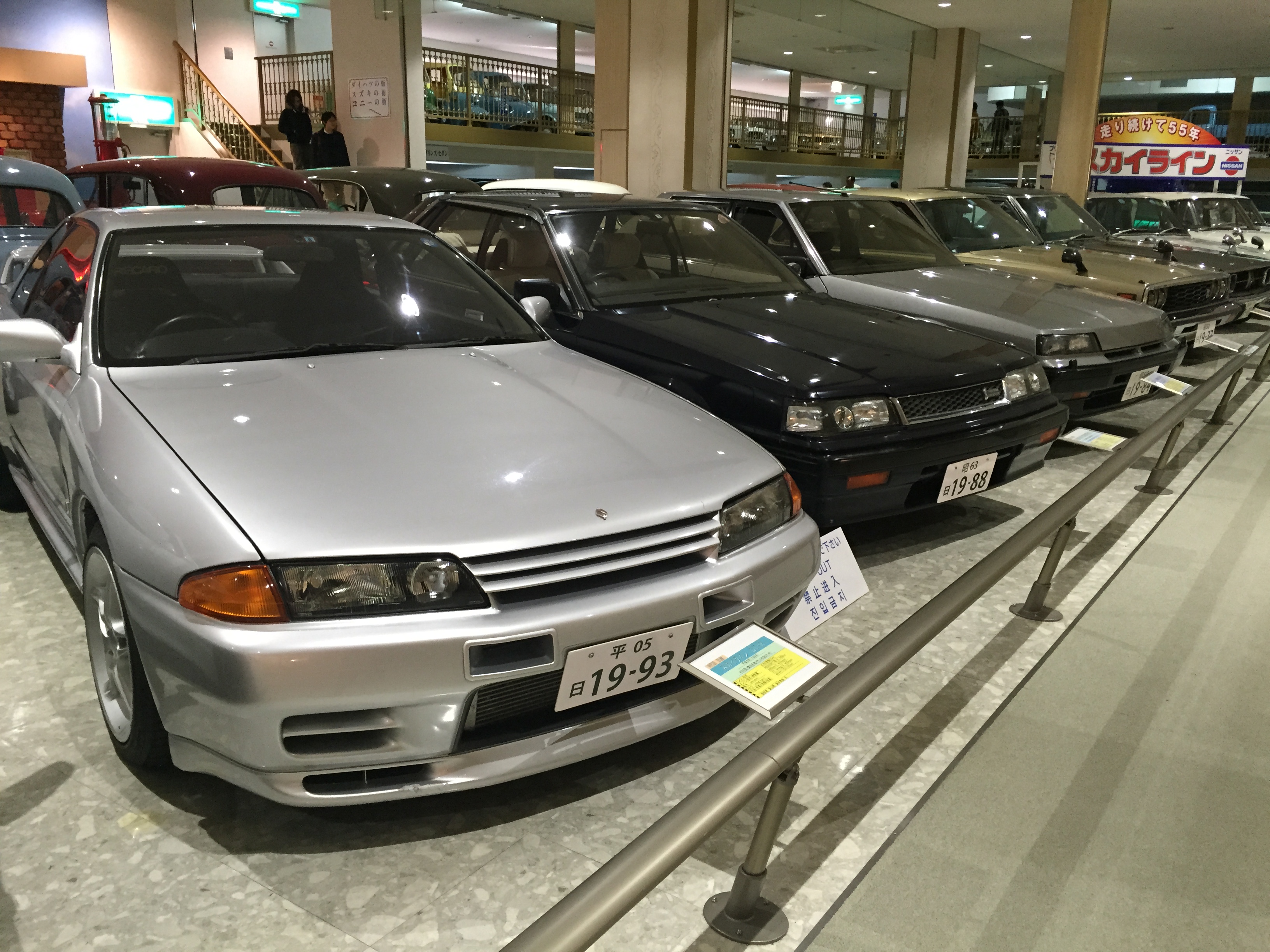

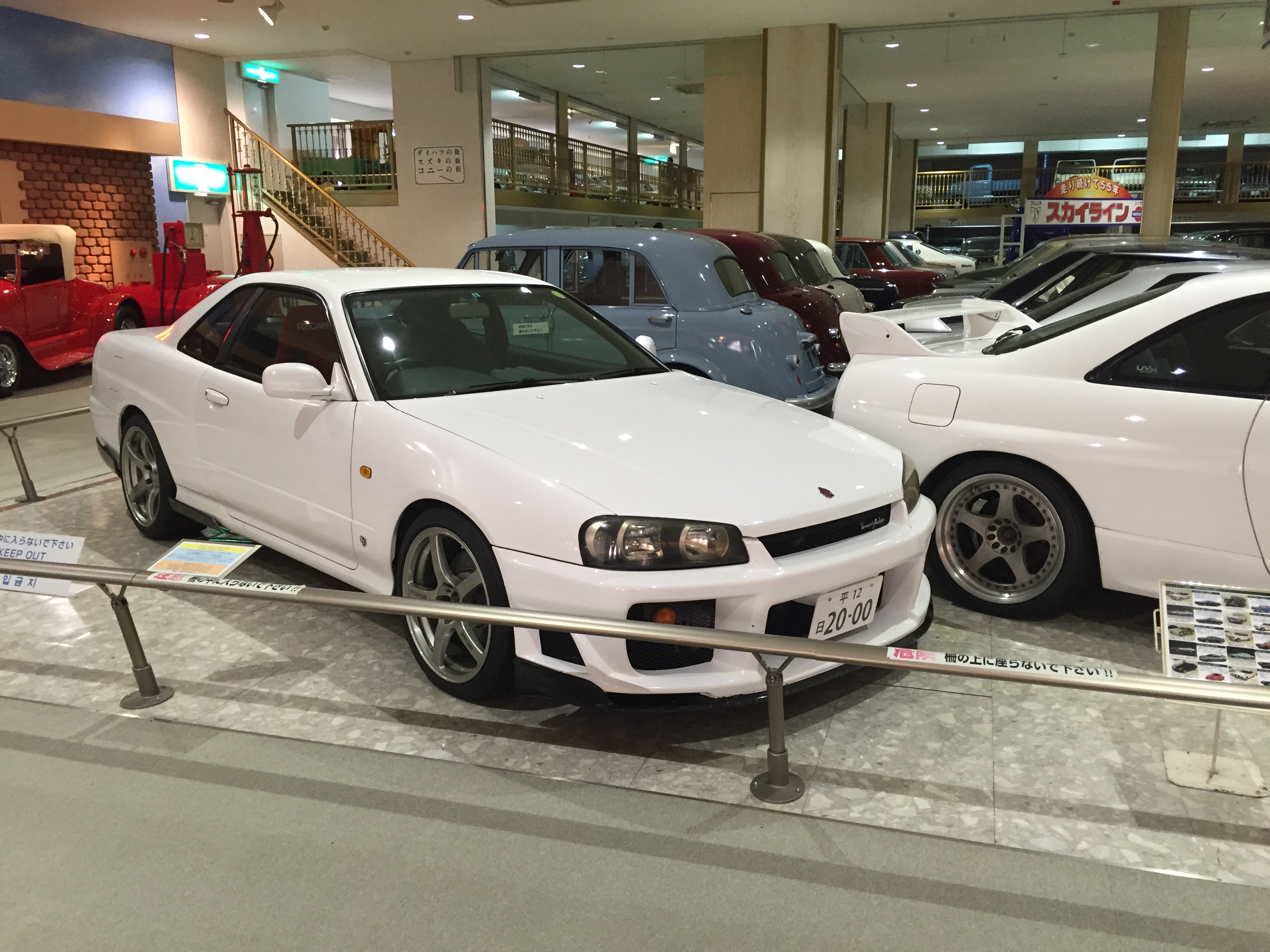


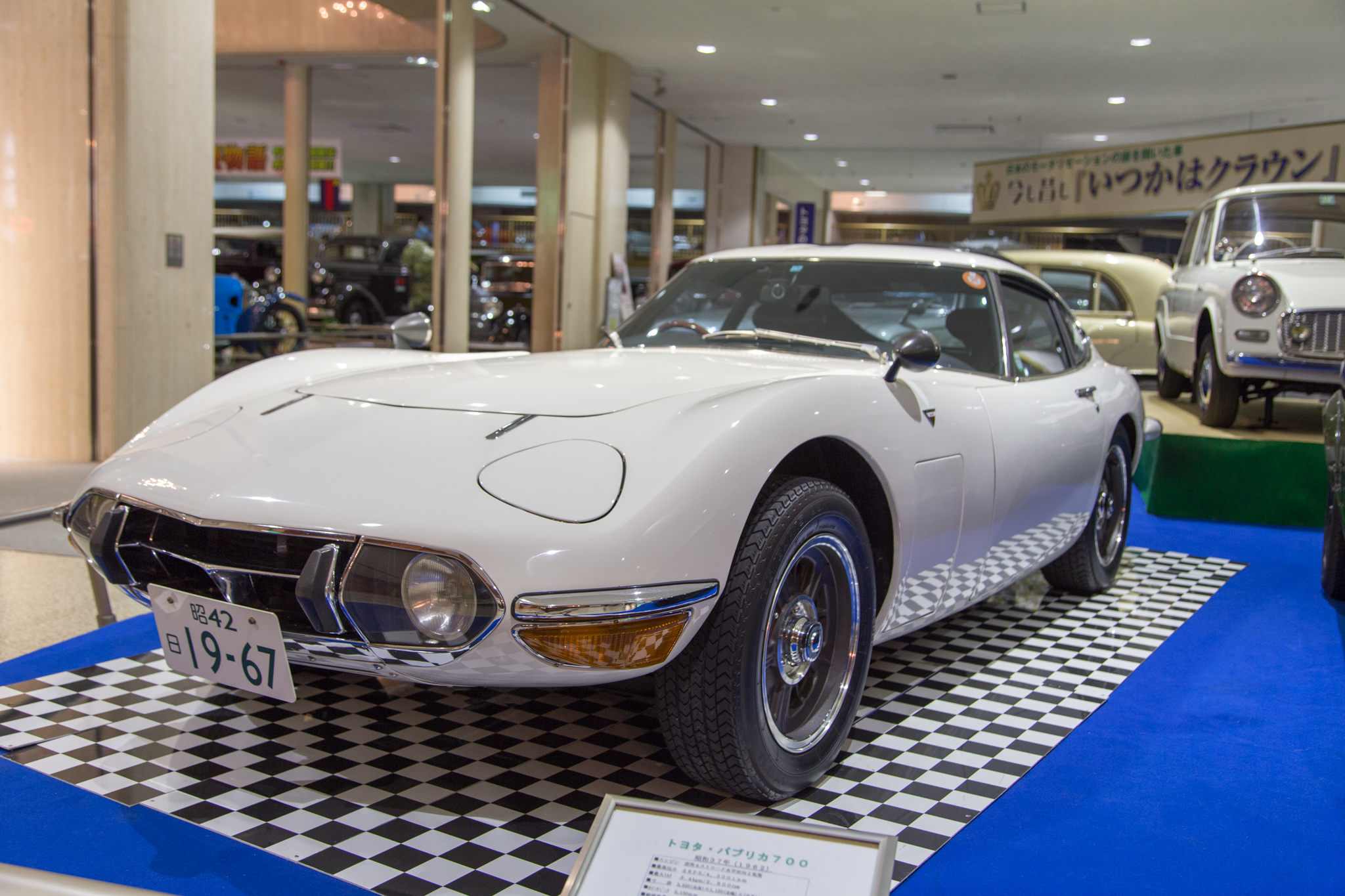
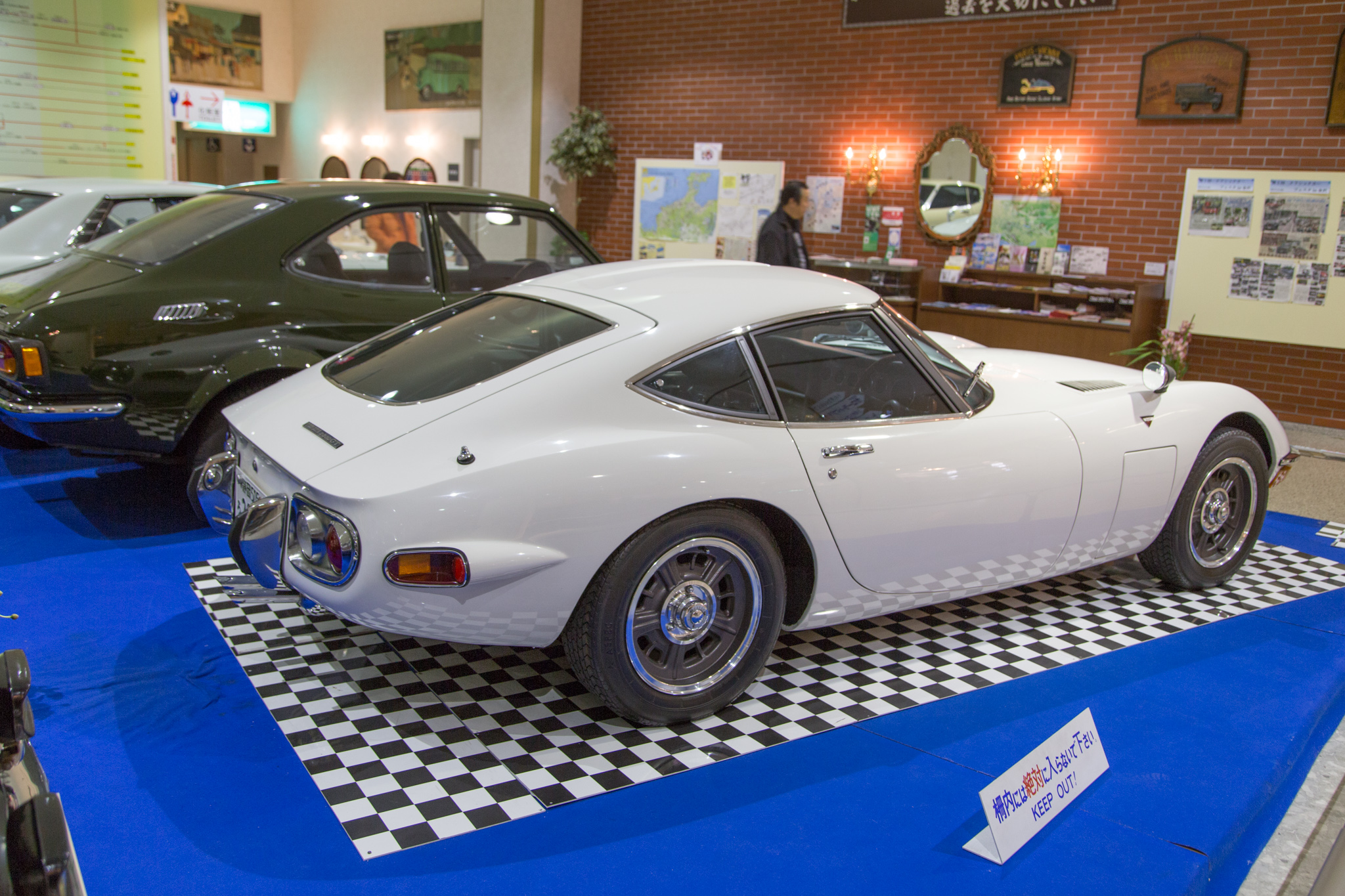
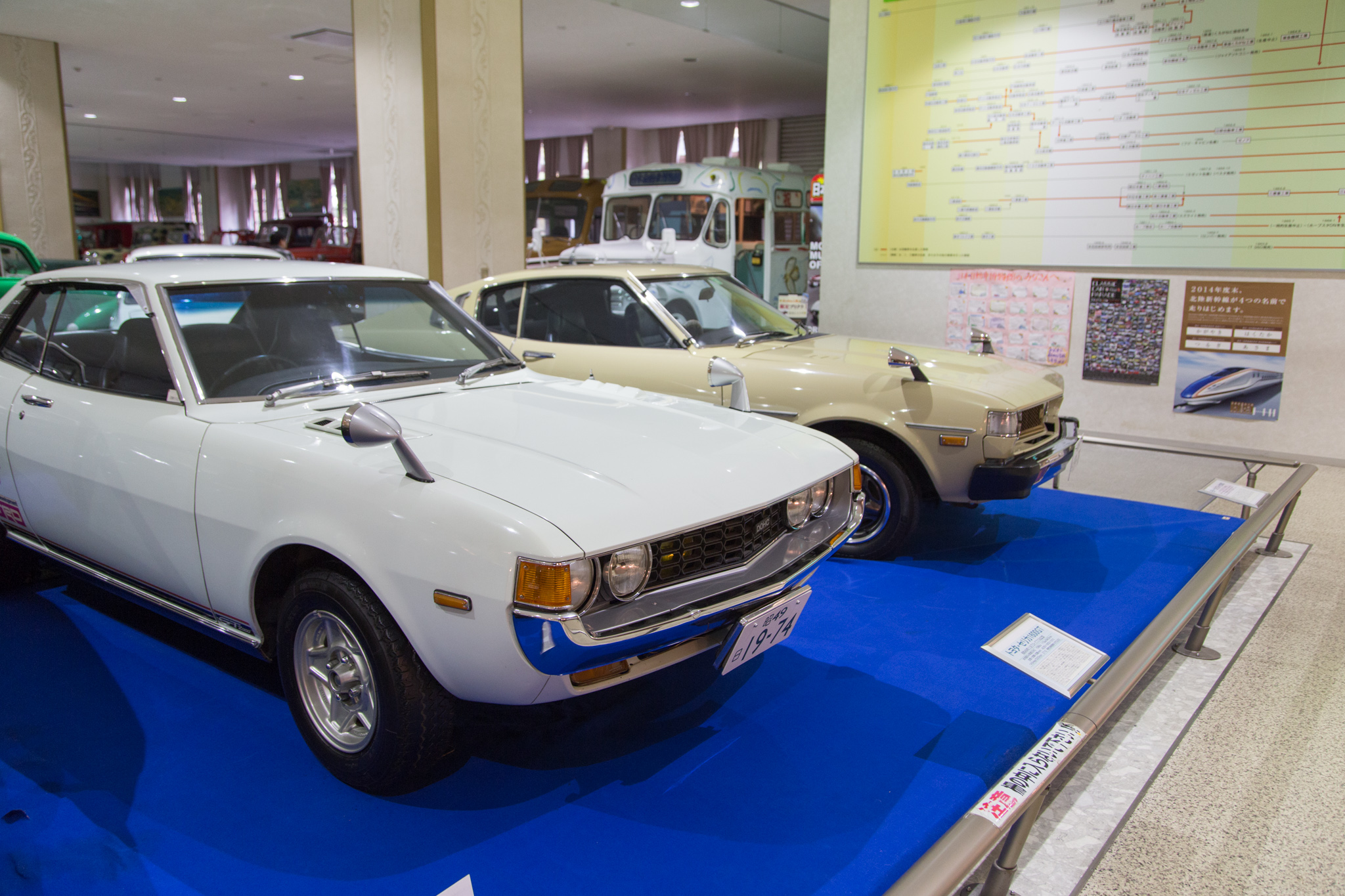

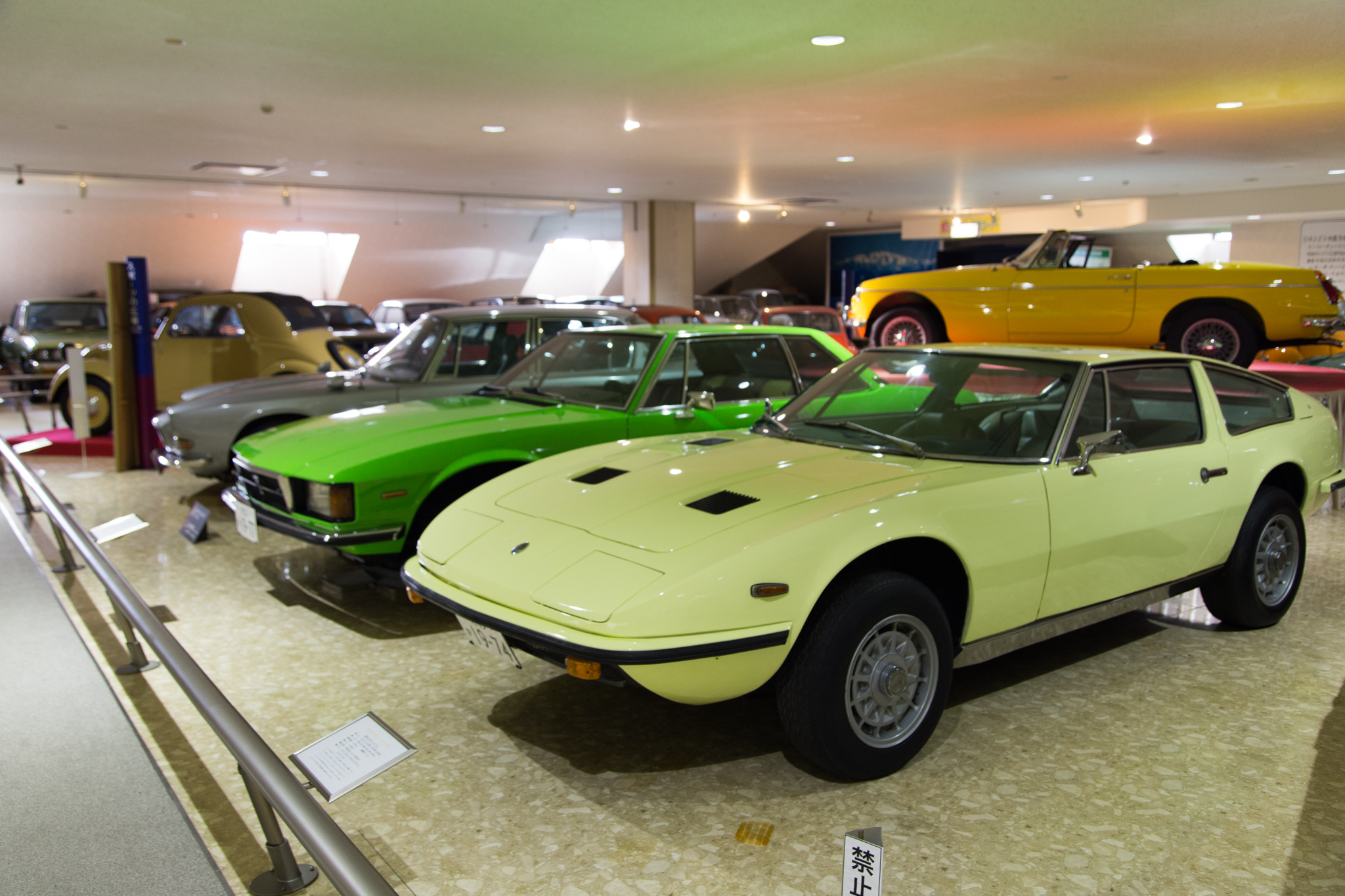
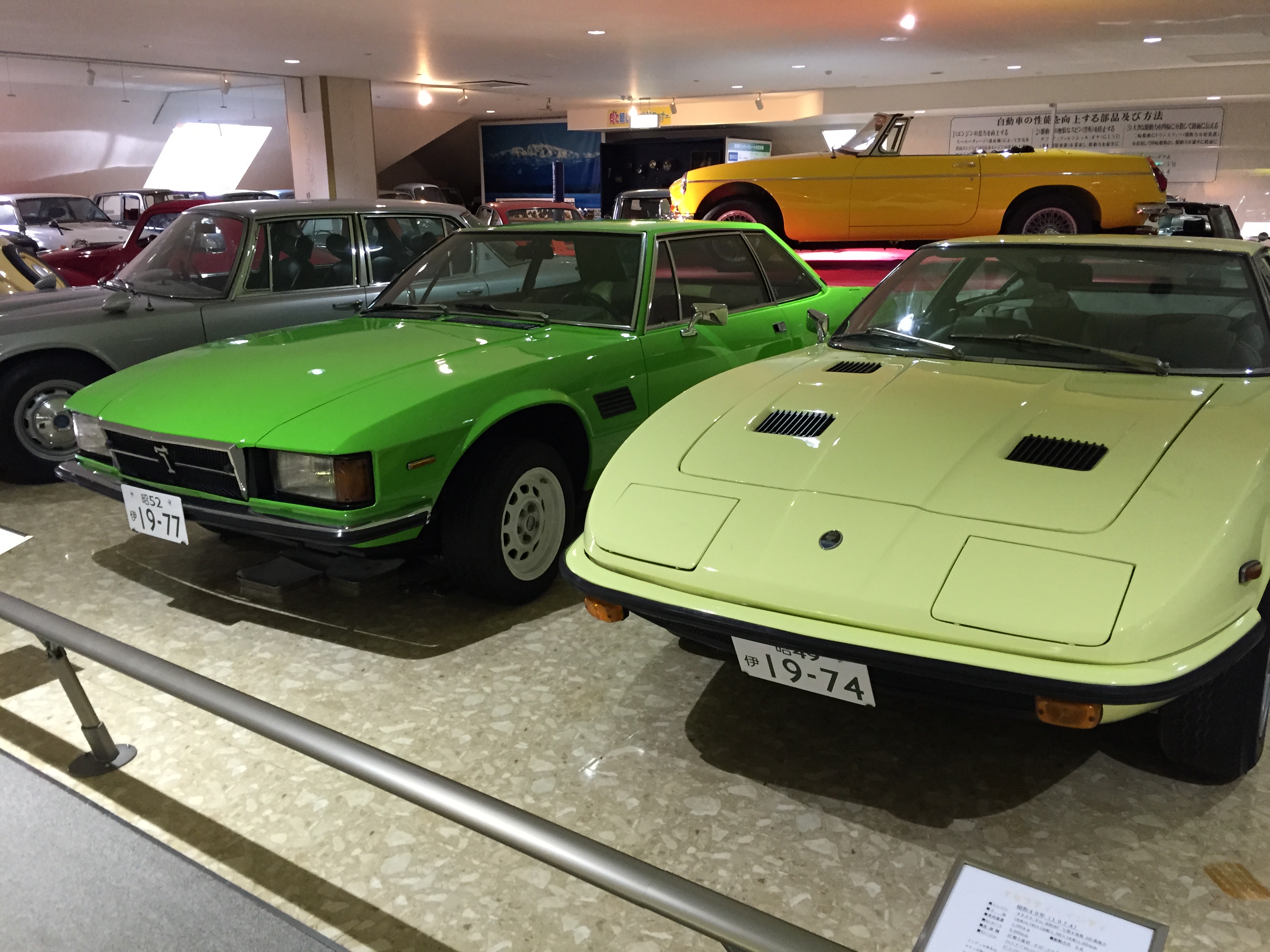

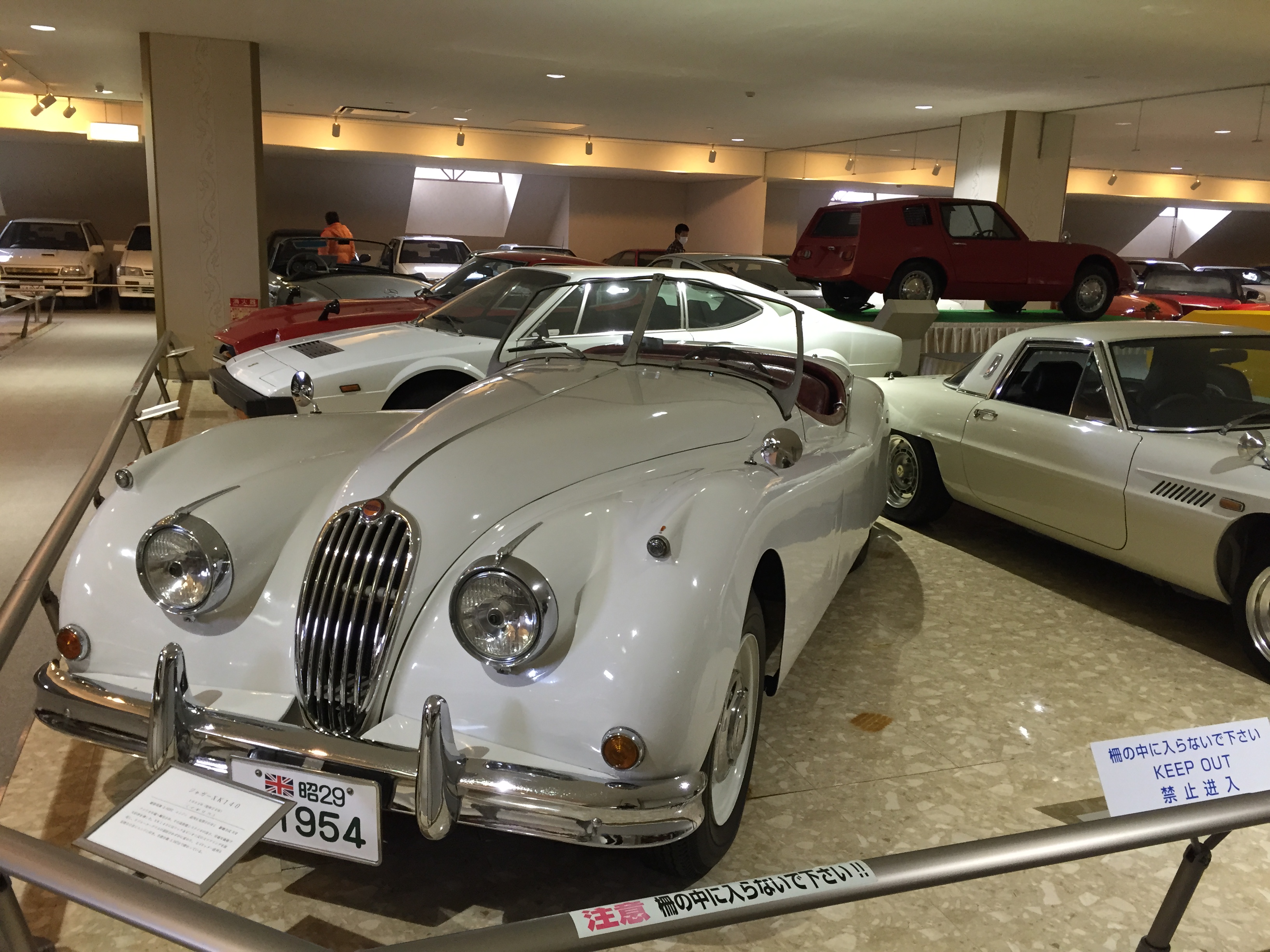



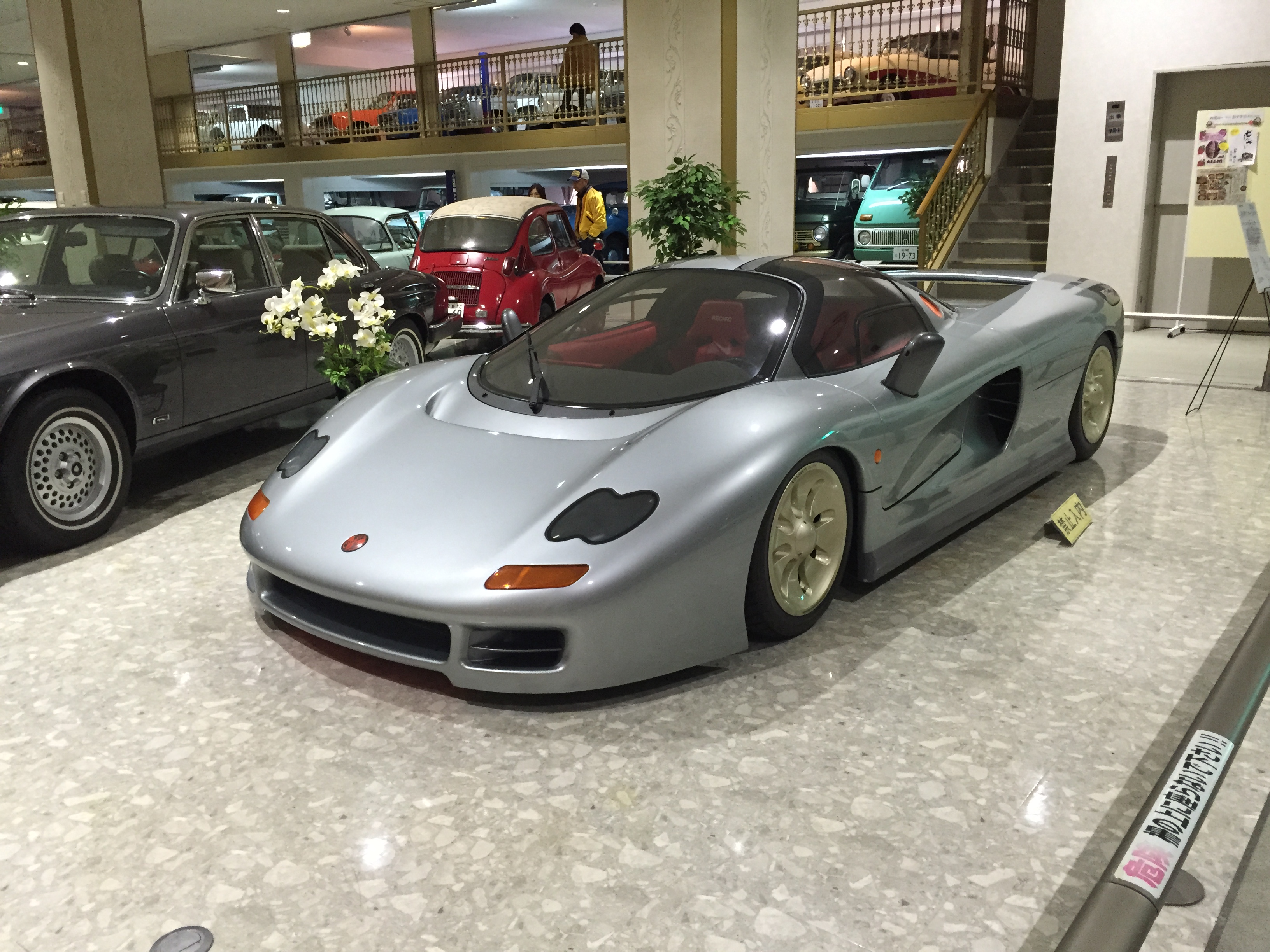
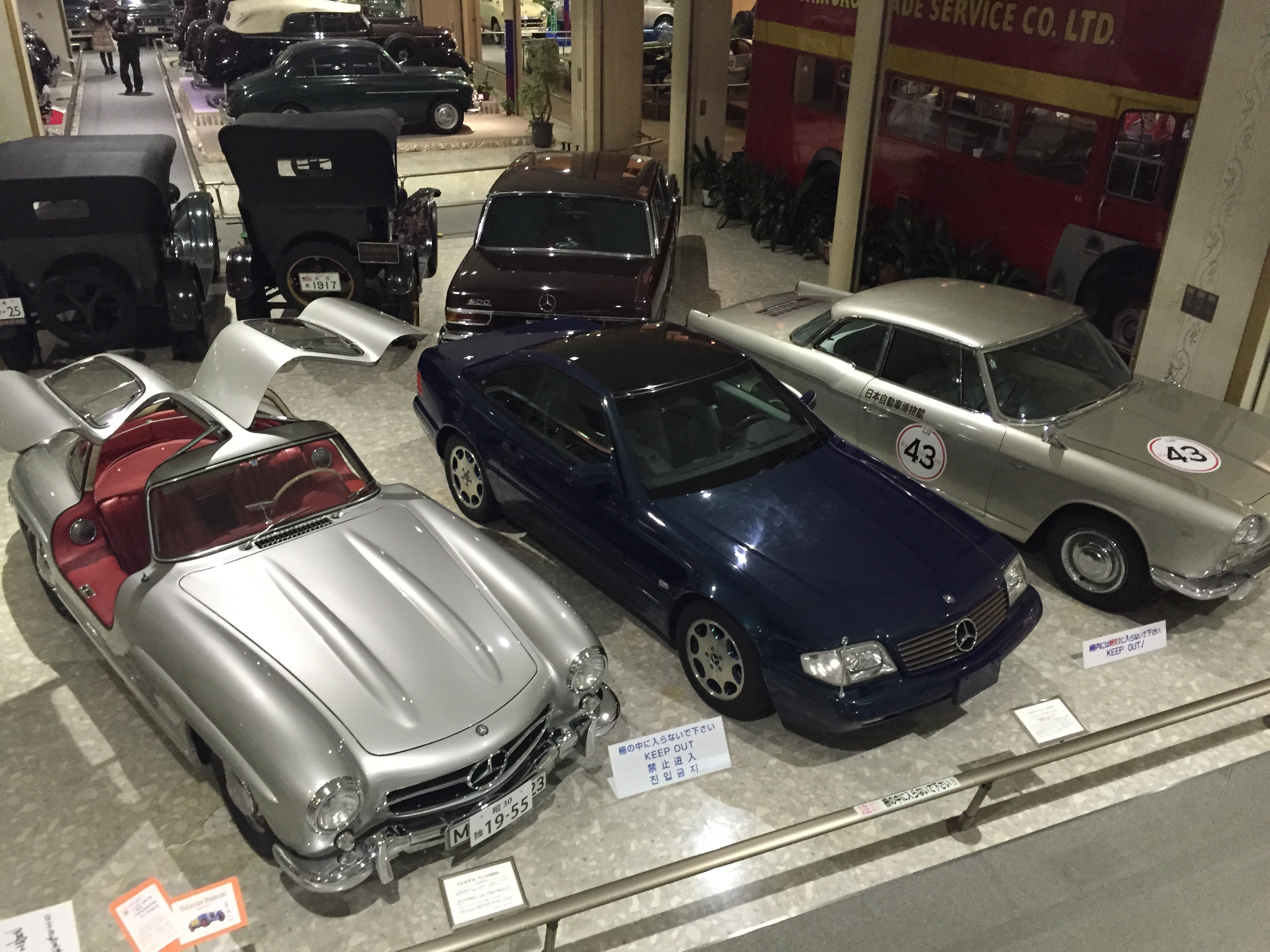
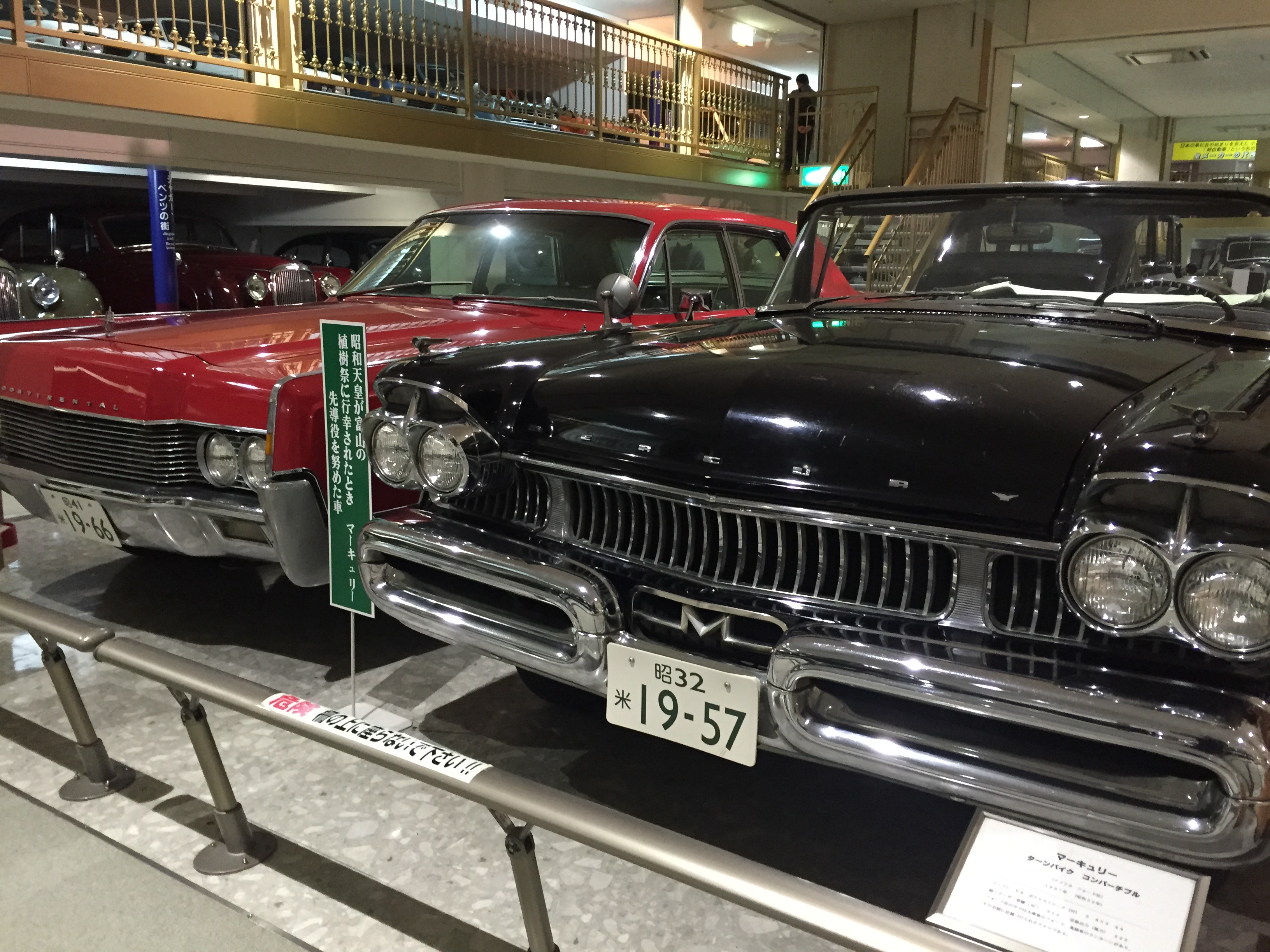
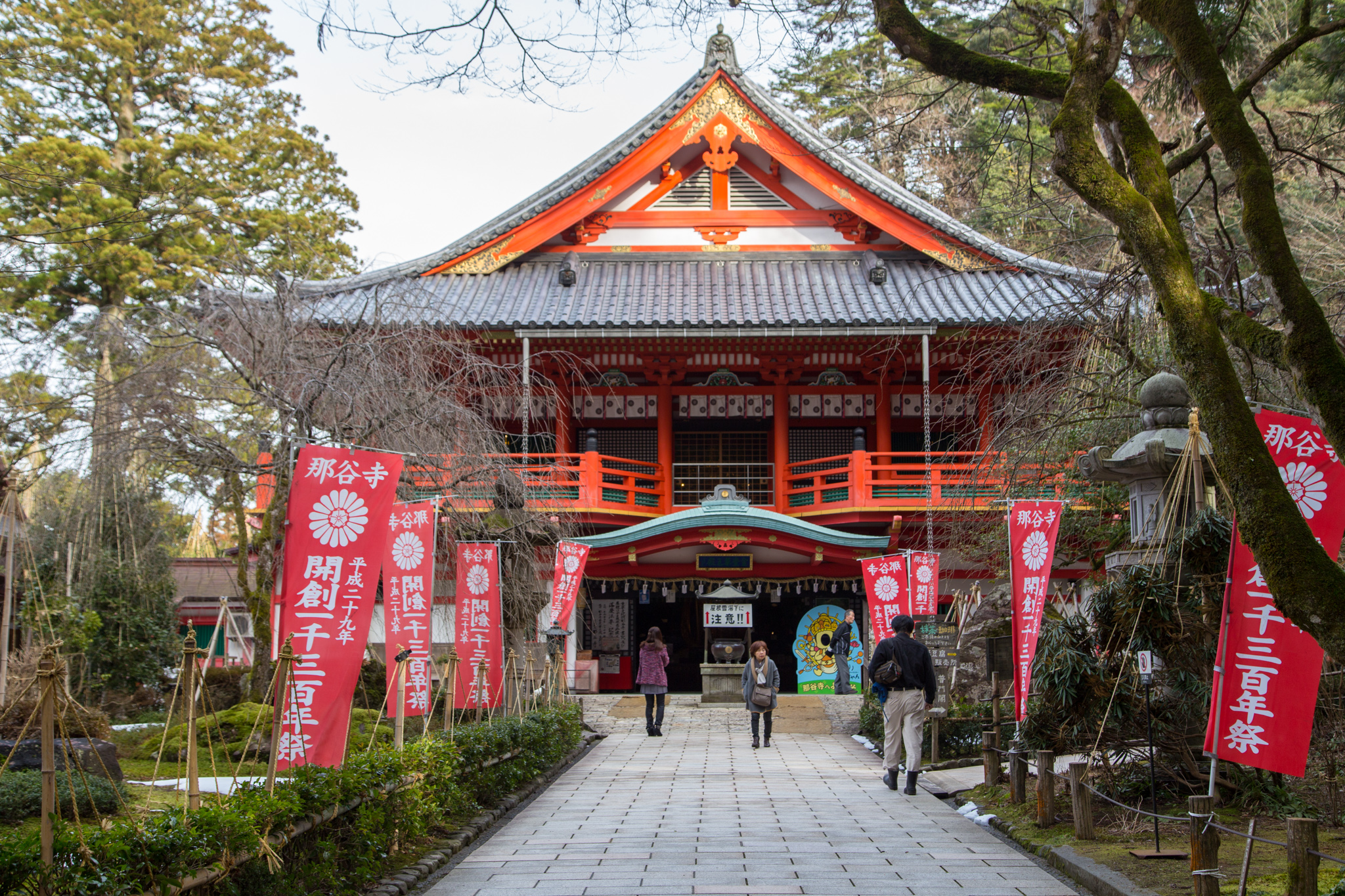




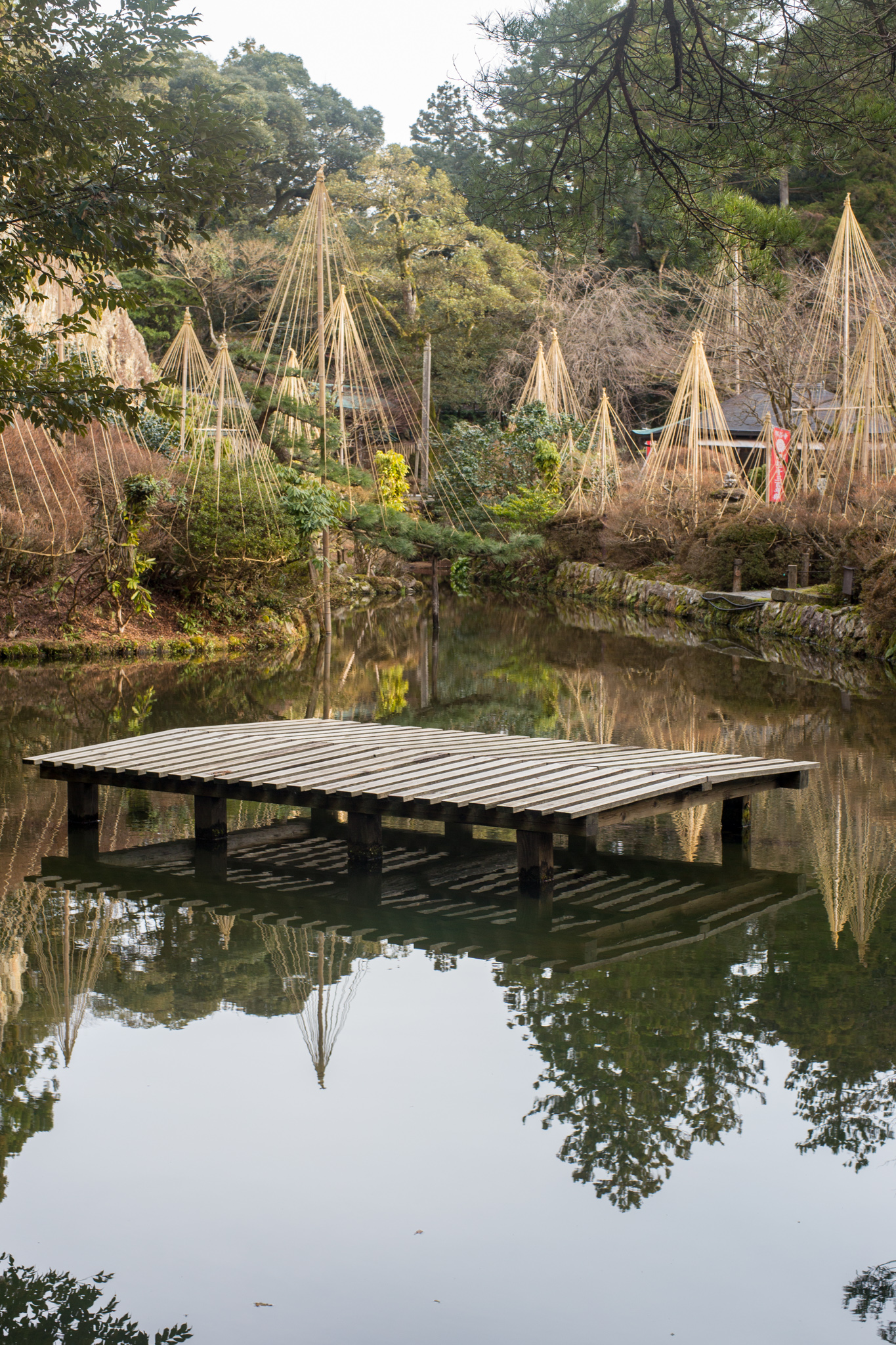



You must log in to post a comment.